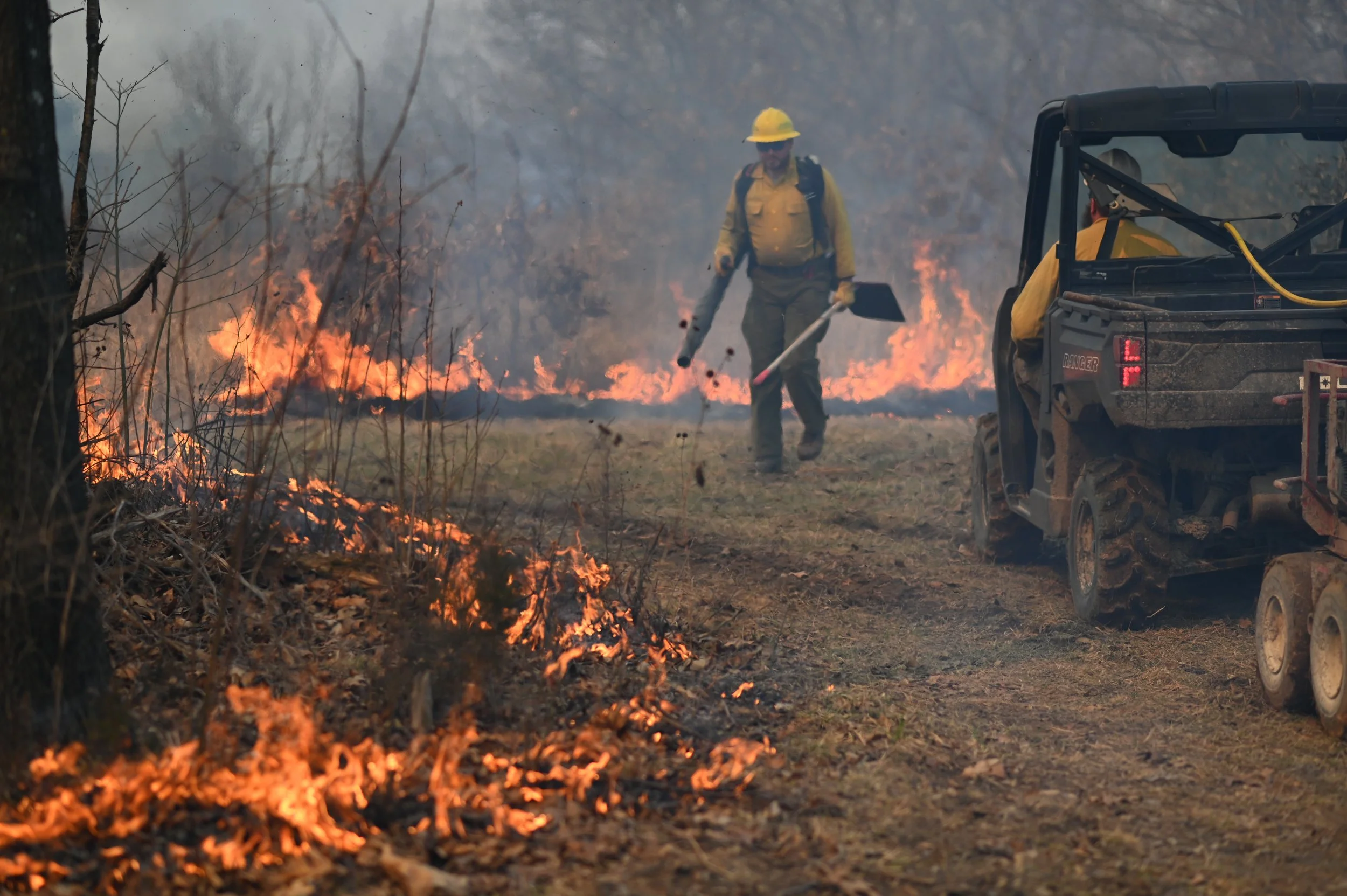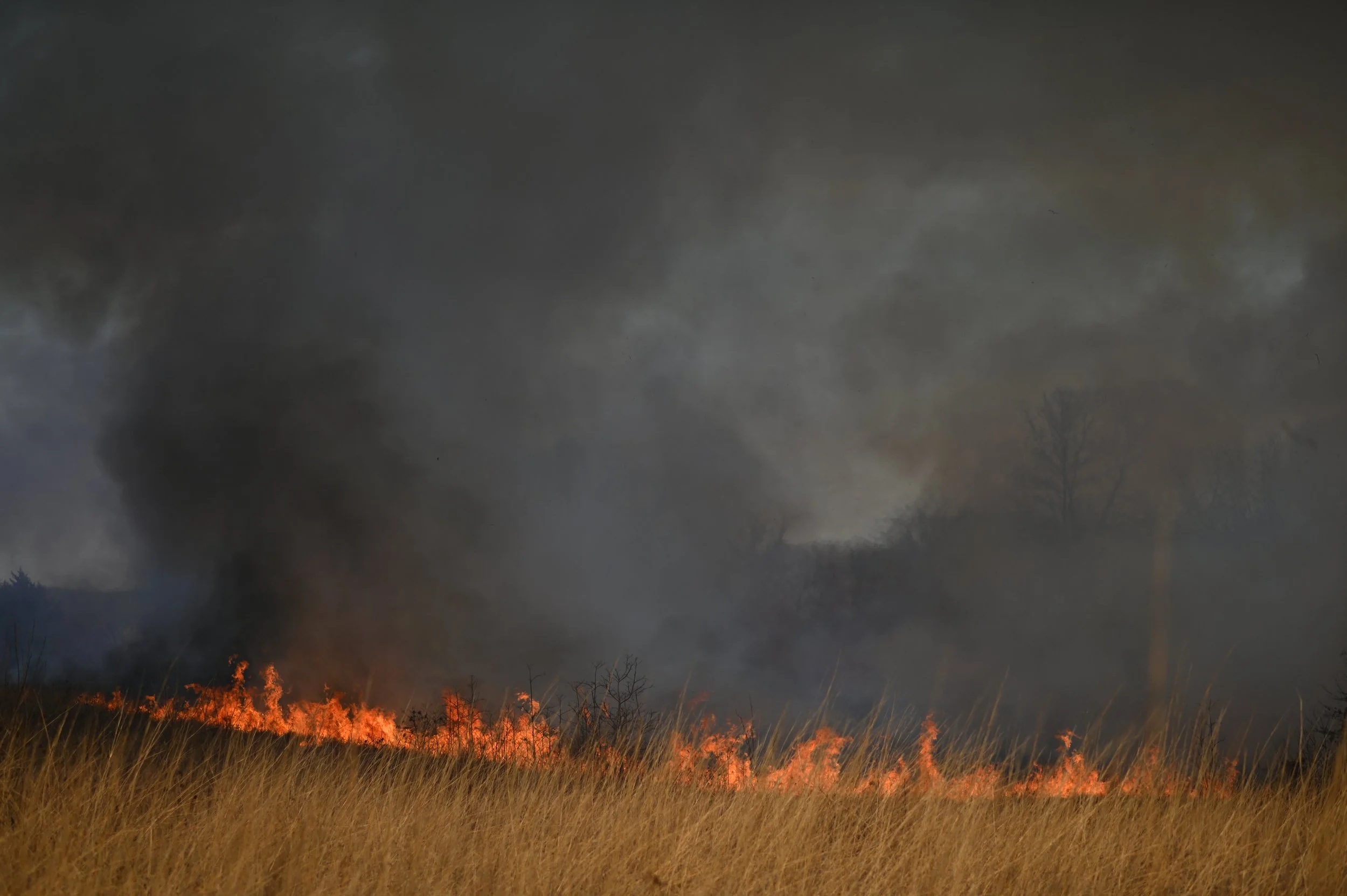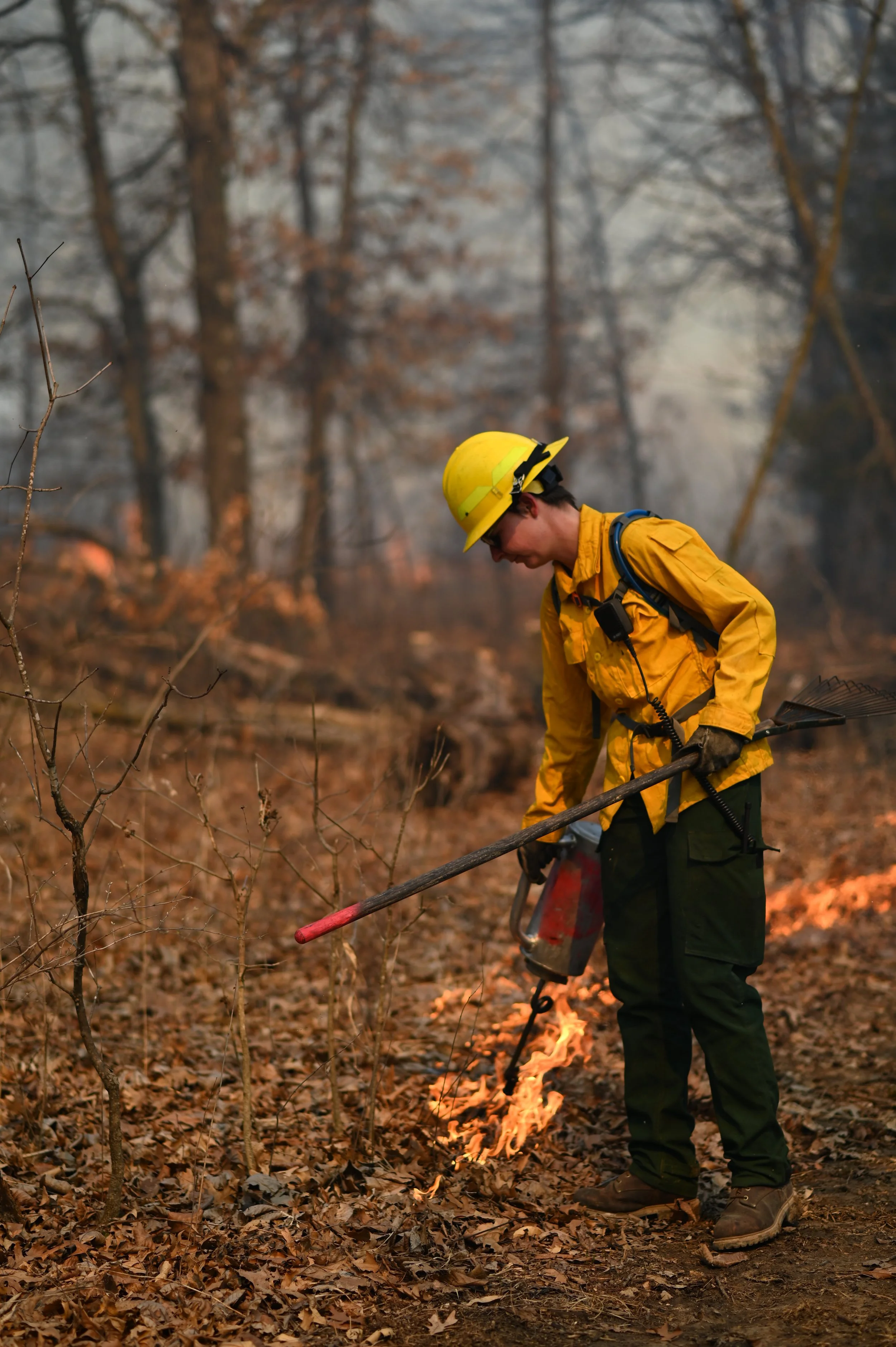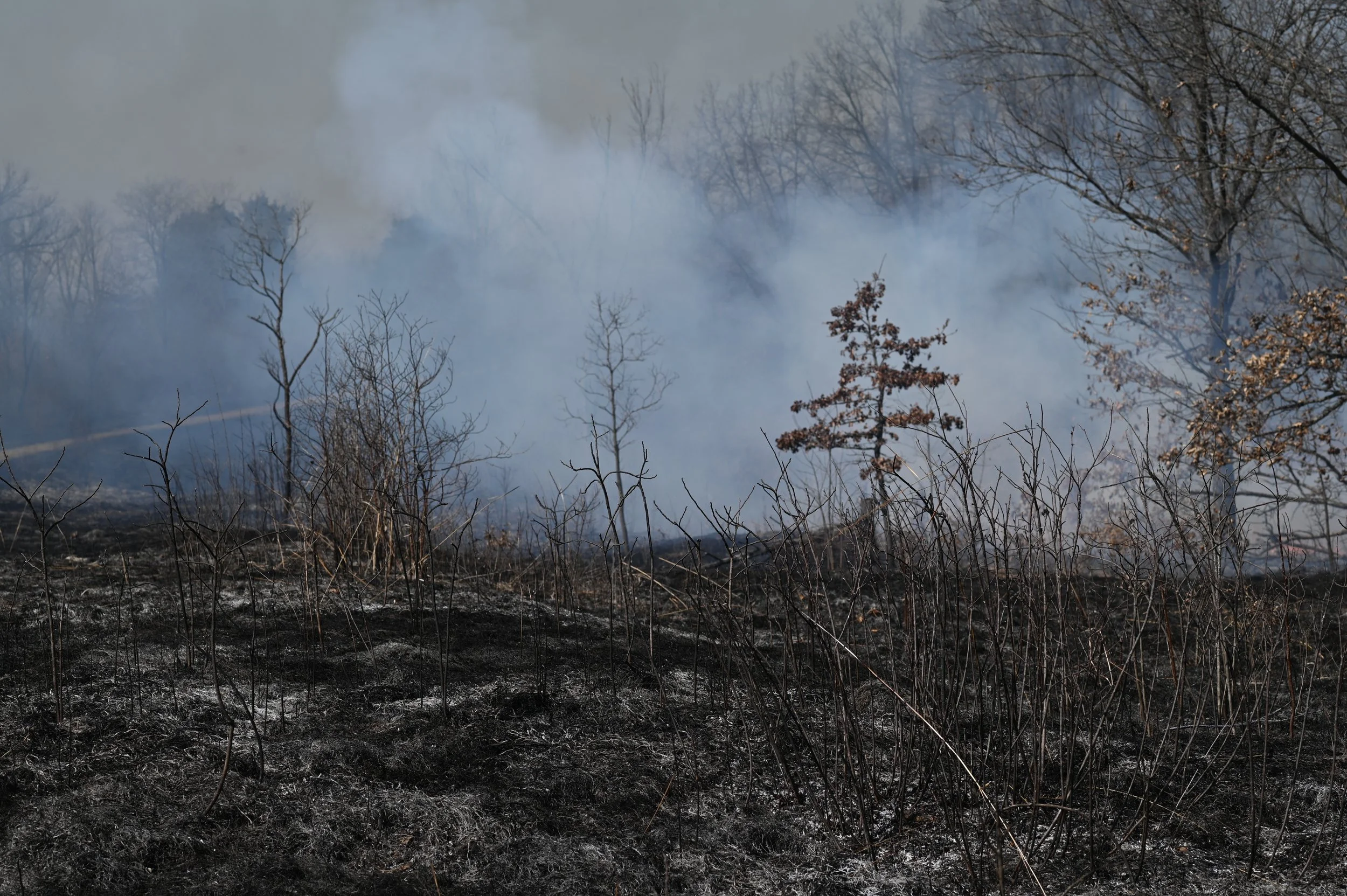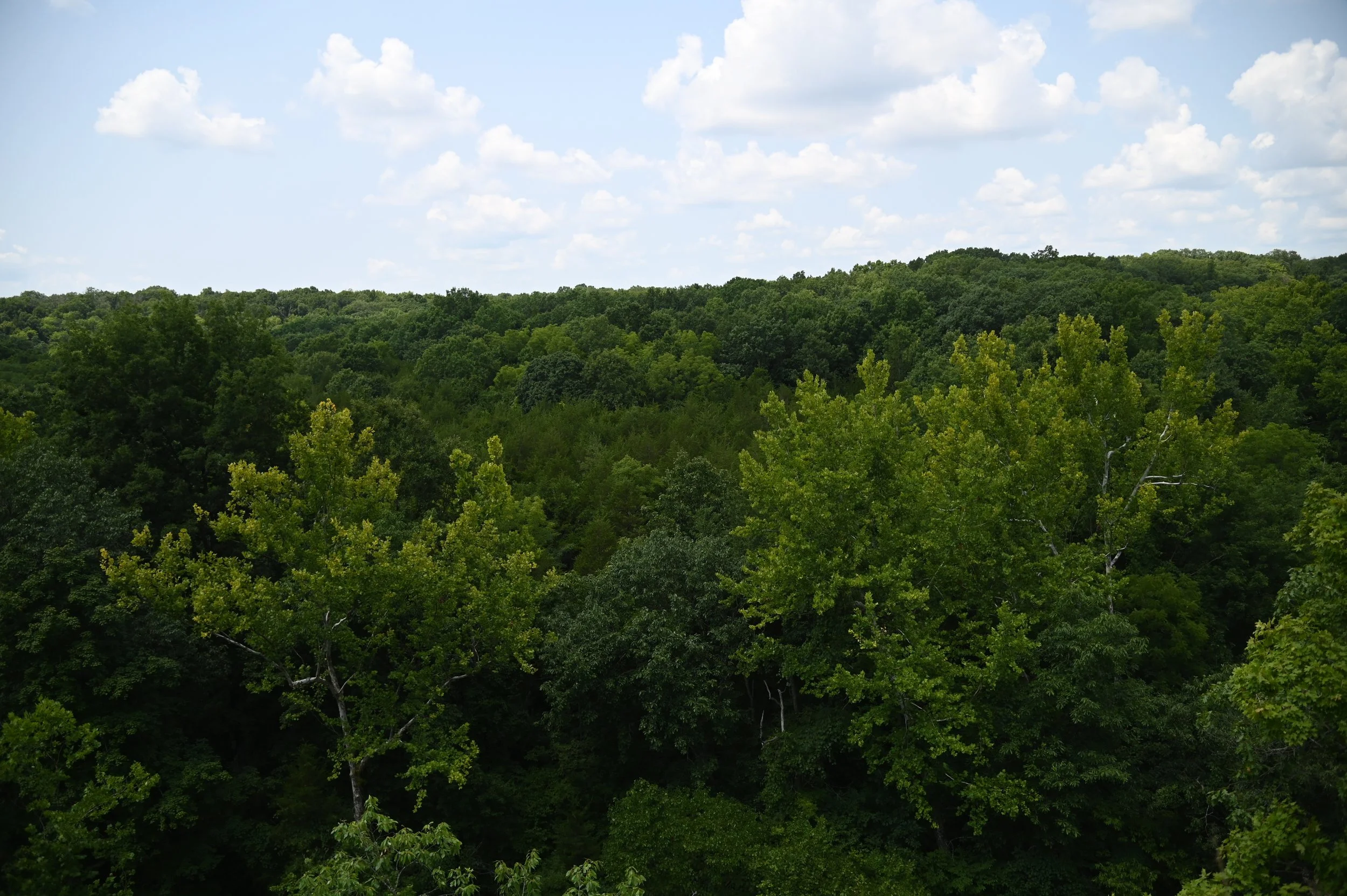
DISRUPTING THE WILD:
The Treat of Invasive Plants in Missouri
In the rolling hills and prairies in the north and west, the rough Ozark Plateau in the south, and the flat Mississippi Alluvial Plain in the southeast, nature’s delicate balance has shaped ecosystems in Missouri over millennia. Yet, in recent decades, invasive plant species have threatened the harmony of our native flora.
An invasive plant species is an aggressive, non-native plant whose introduction to the ecosystem causes or is likely to cause harm to the environment, economics or human health. These species grow and reproduce rapidly, outcompeting native plant species, making them especially dangerous.
Invasive plants are mainly spread by human activities, often unintended or without knowledge of their potential harm. People and goods travel across the world carrying uninvited invasive species. Ballast water, firewood, shipping palettes and accidental release are all ways an invasive species can end up in a new ecosystem. Birds and wind are also guilty of spreading the seed of invasive plant species.
The introduction and establishment of invasive plants in Missouri has had an astounding impact. “There’s a question: Why can’t we tolerate some non-natives out there with the natives? Well, that’s because the non-natives don’t play nice,” said Missouri State Parks Naturalist Roxie Campbell. “A good analogy for the basic problem is cancer. You know this person has a little bit of cancer. We don’t say, ‘Oh, that’s ok, it’s just a little bit,’ because we know it grows aggressively. Well, that’s the same thing with these plants that are considered invasive,” said Campbell.
There are numerous invasive plants in the state of Missouri, and this book by no means shows them all. For a more comprehensive list of invasive plants in Missouri, go to the Missouri Invasive Plant Council’s Invasive Plant Assessment at https://moinvasives.org/moip-assessment/.
ROOTS OUT OF PLACE

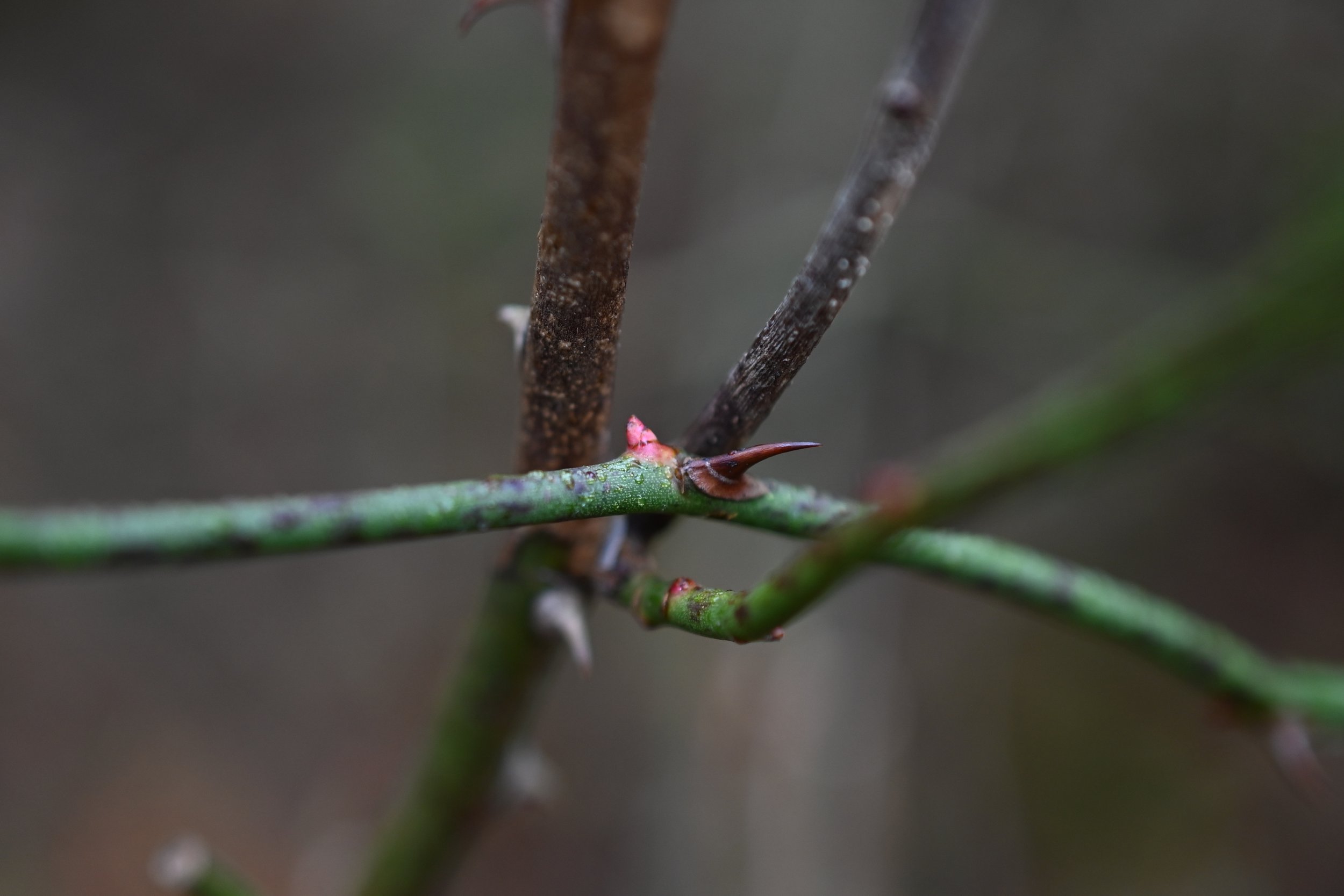
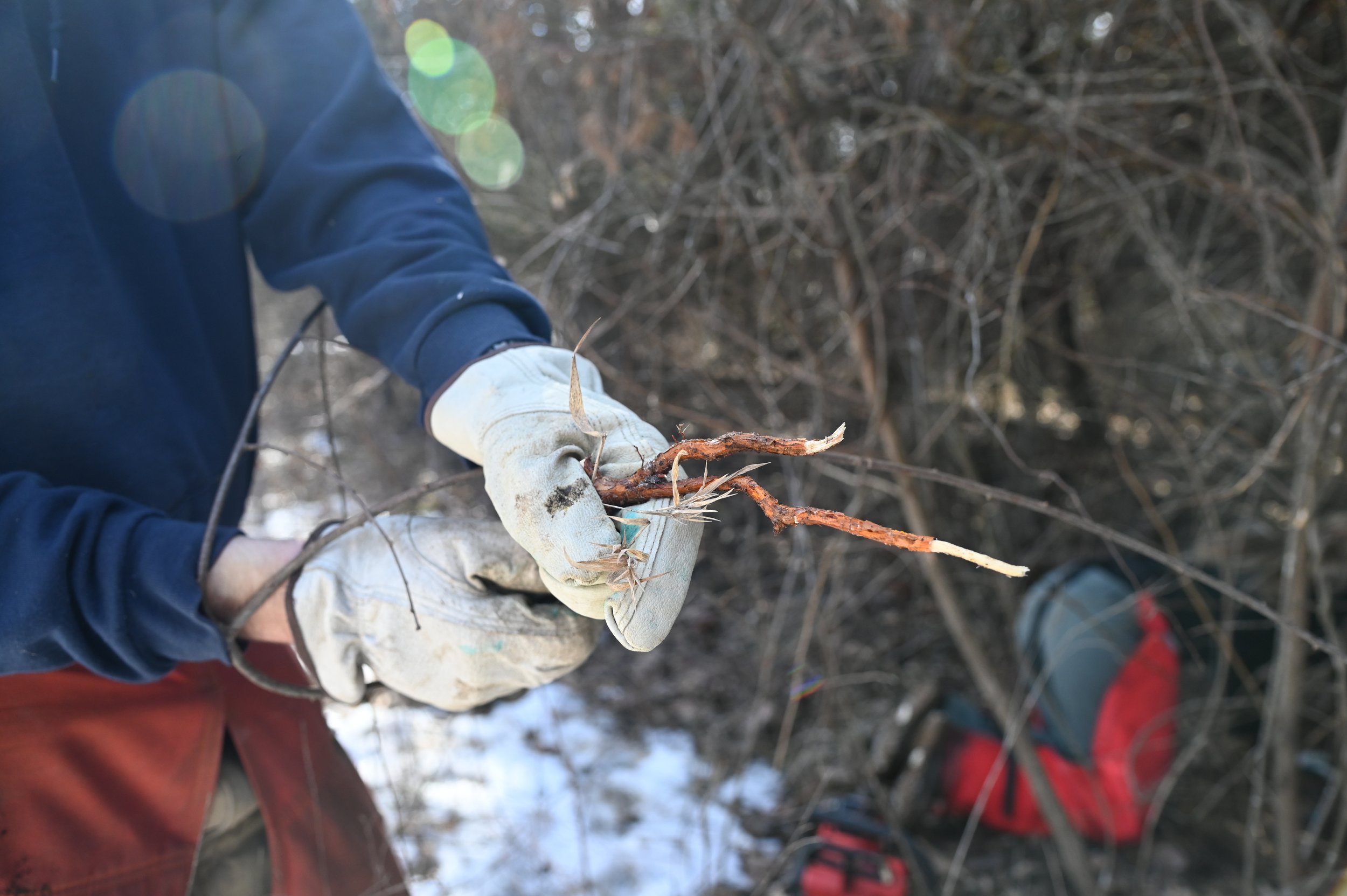
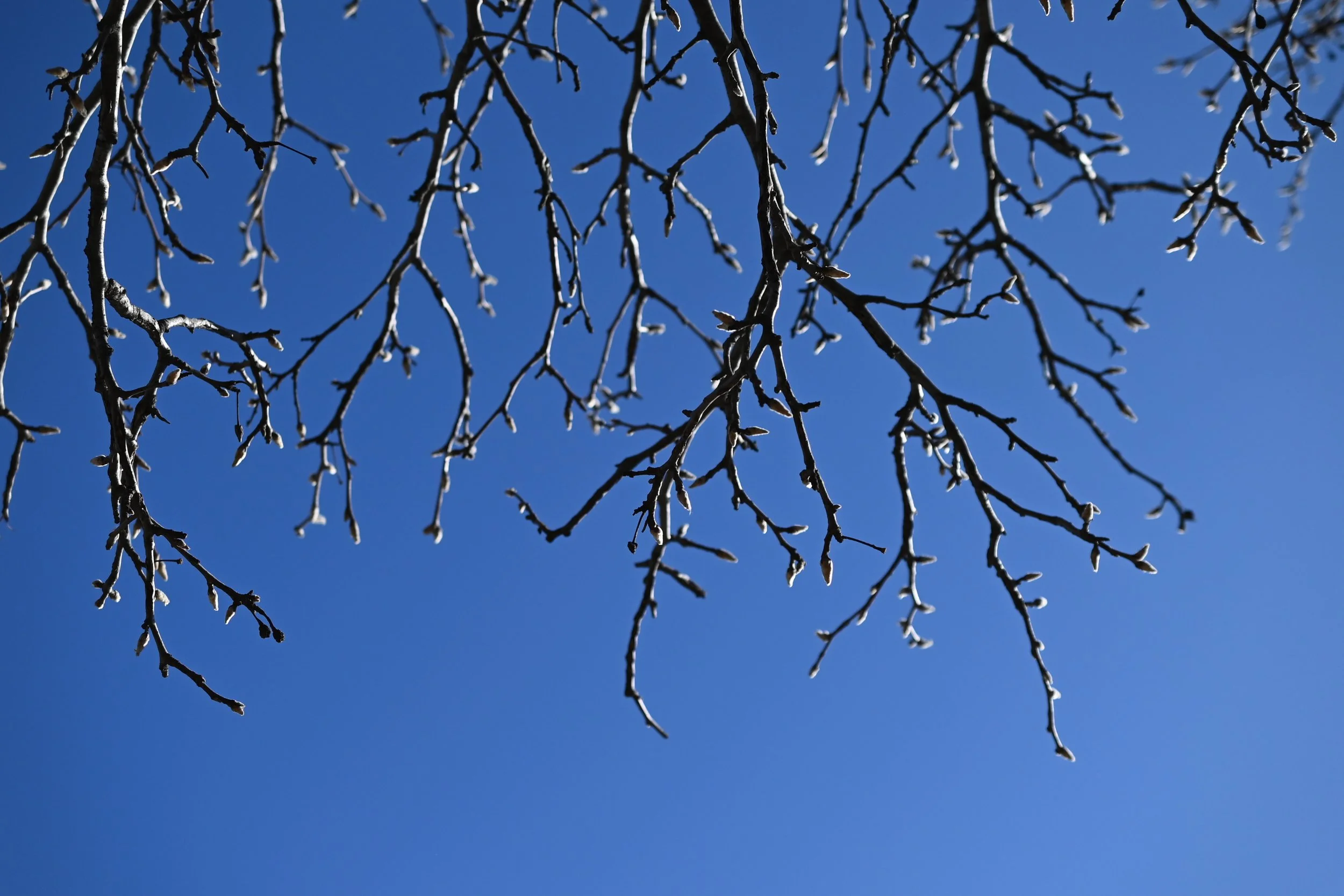

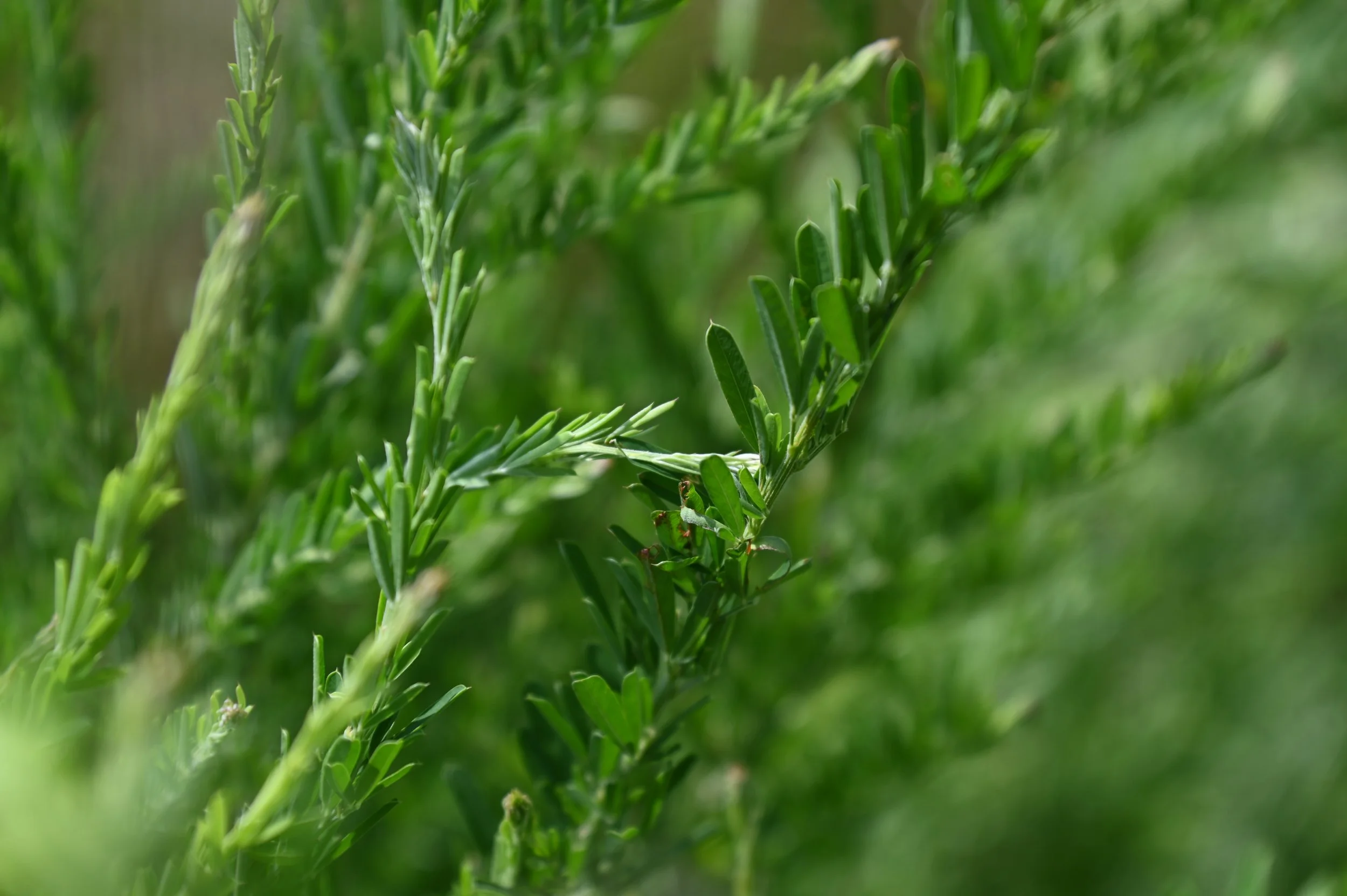
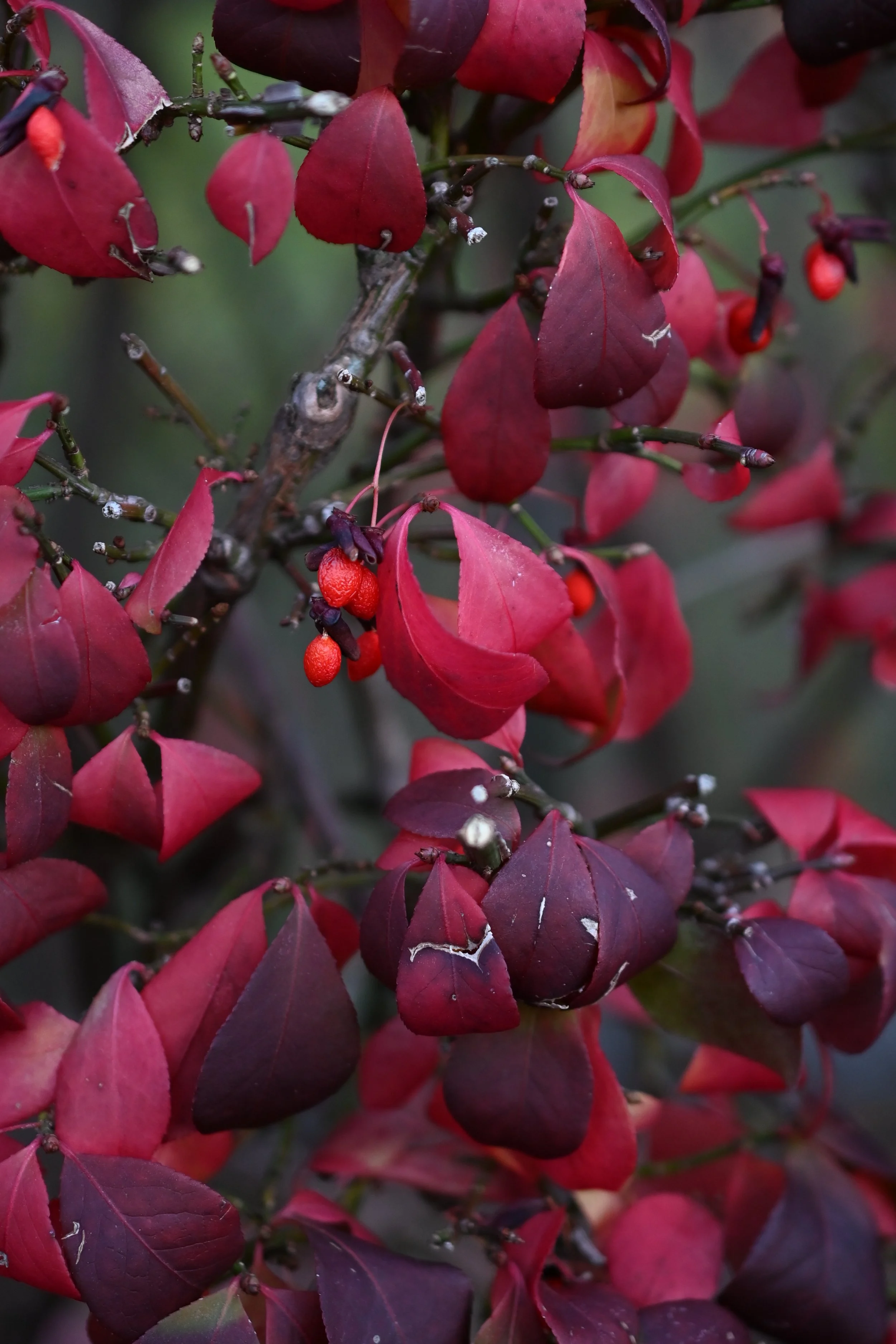
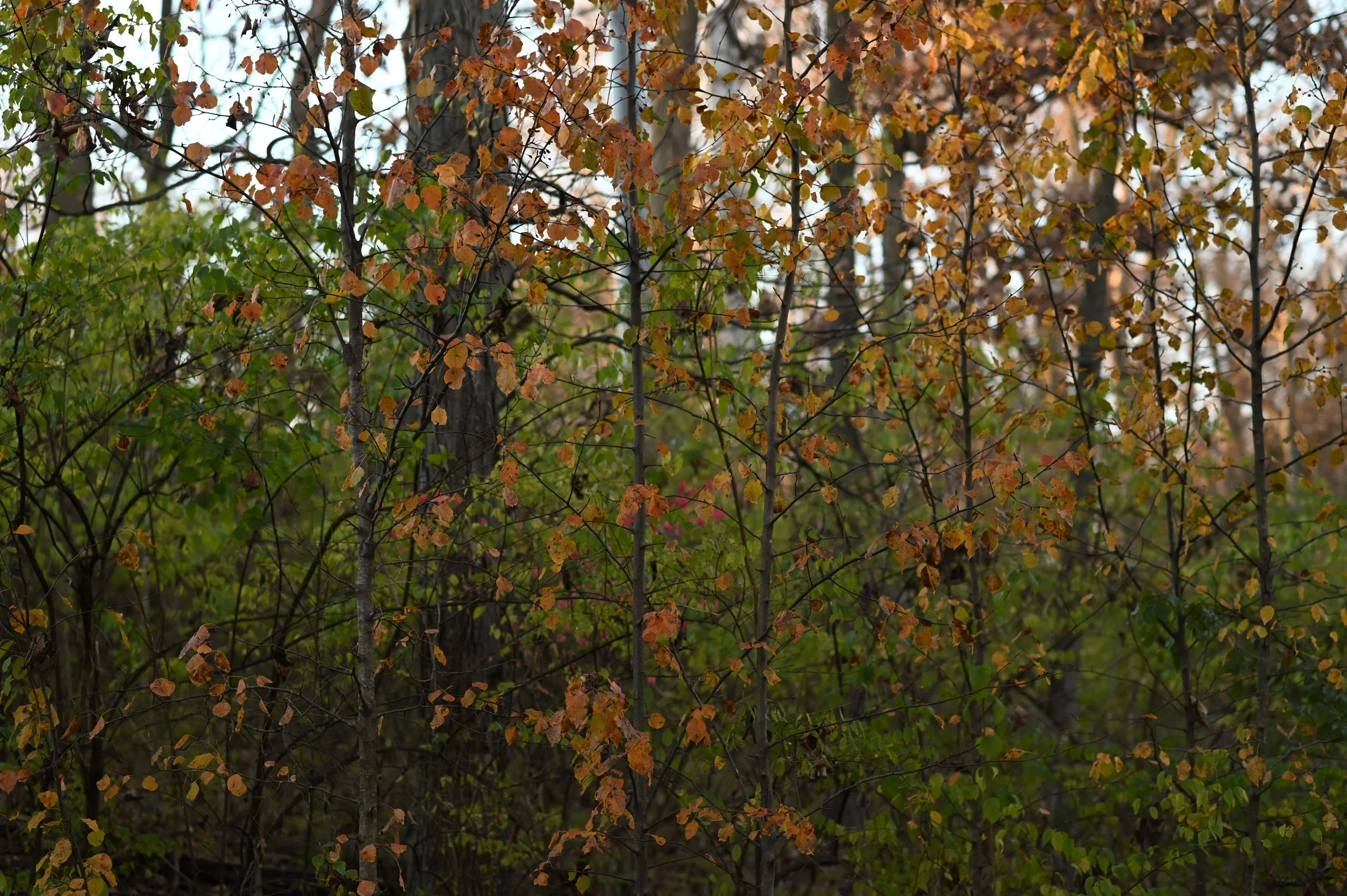
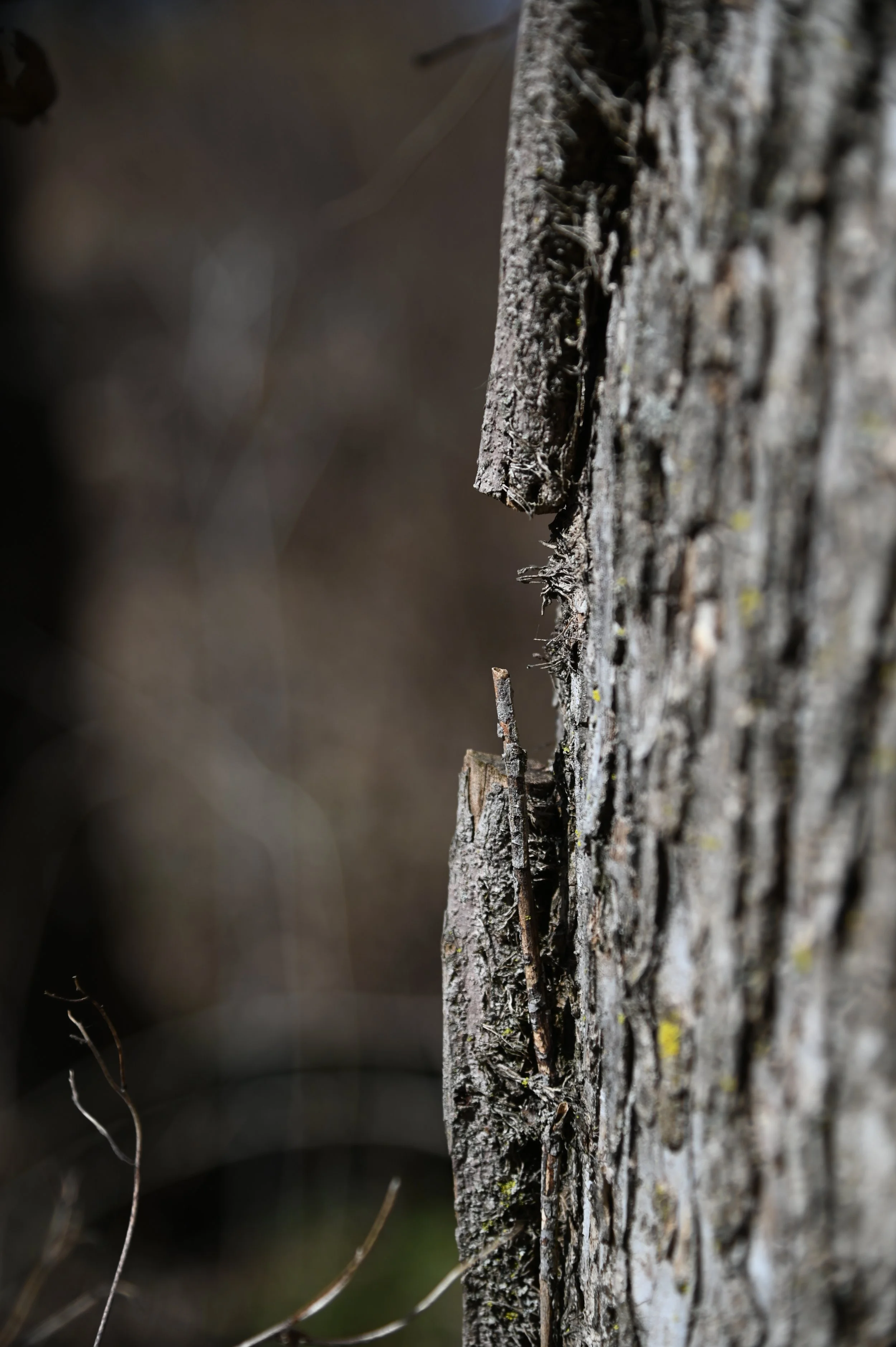

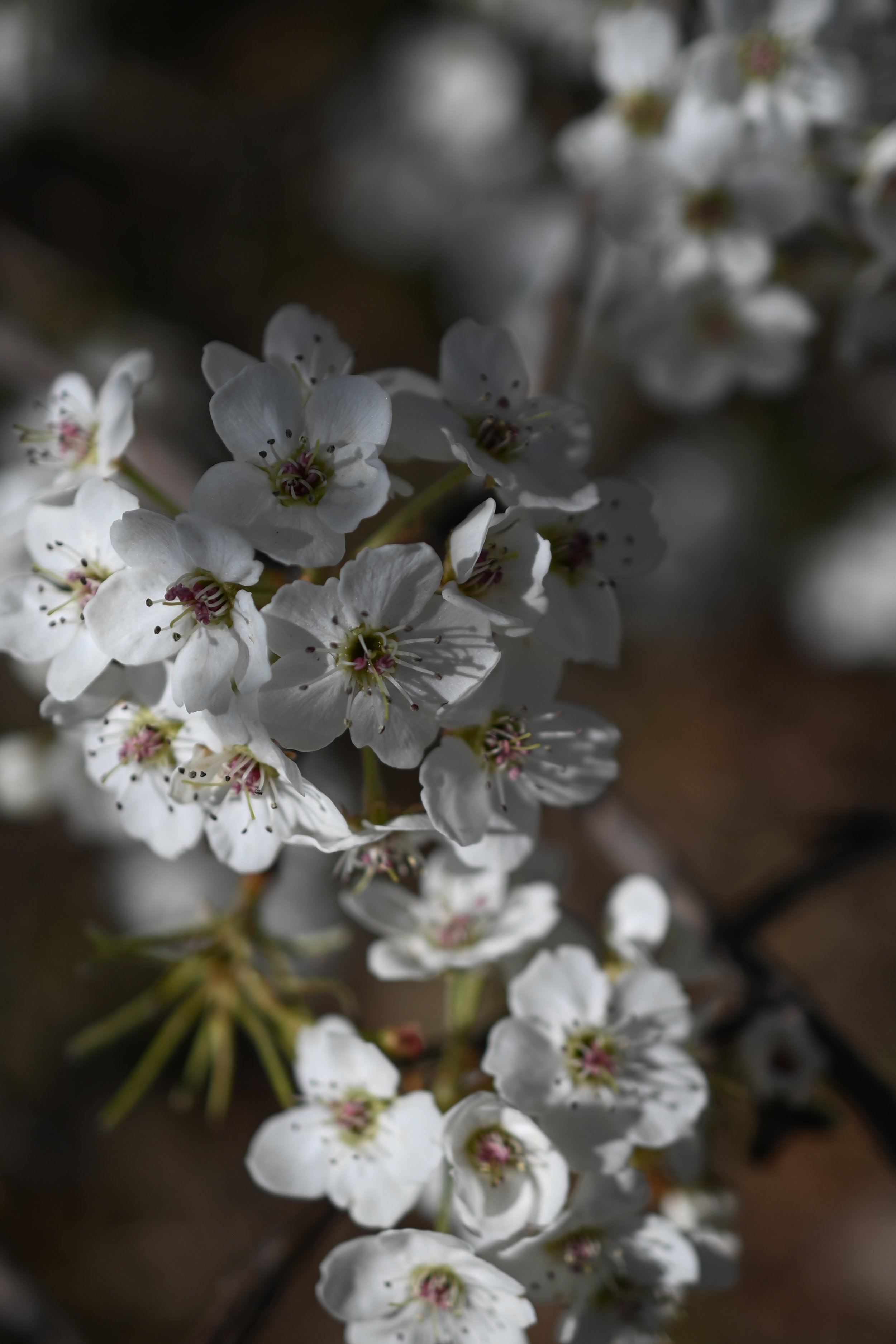
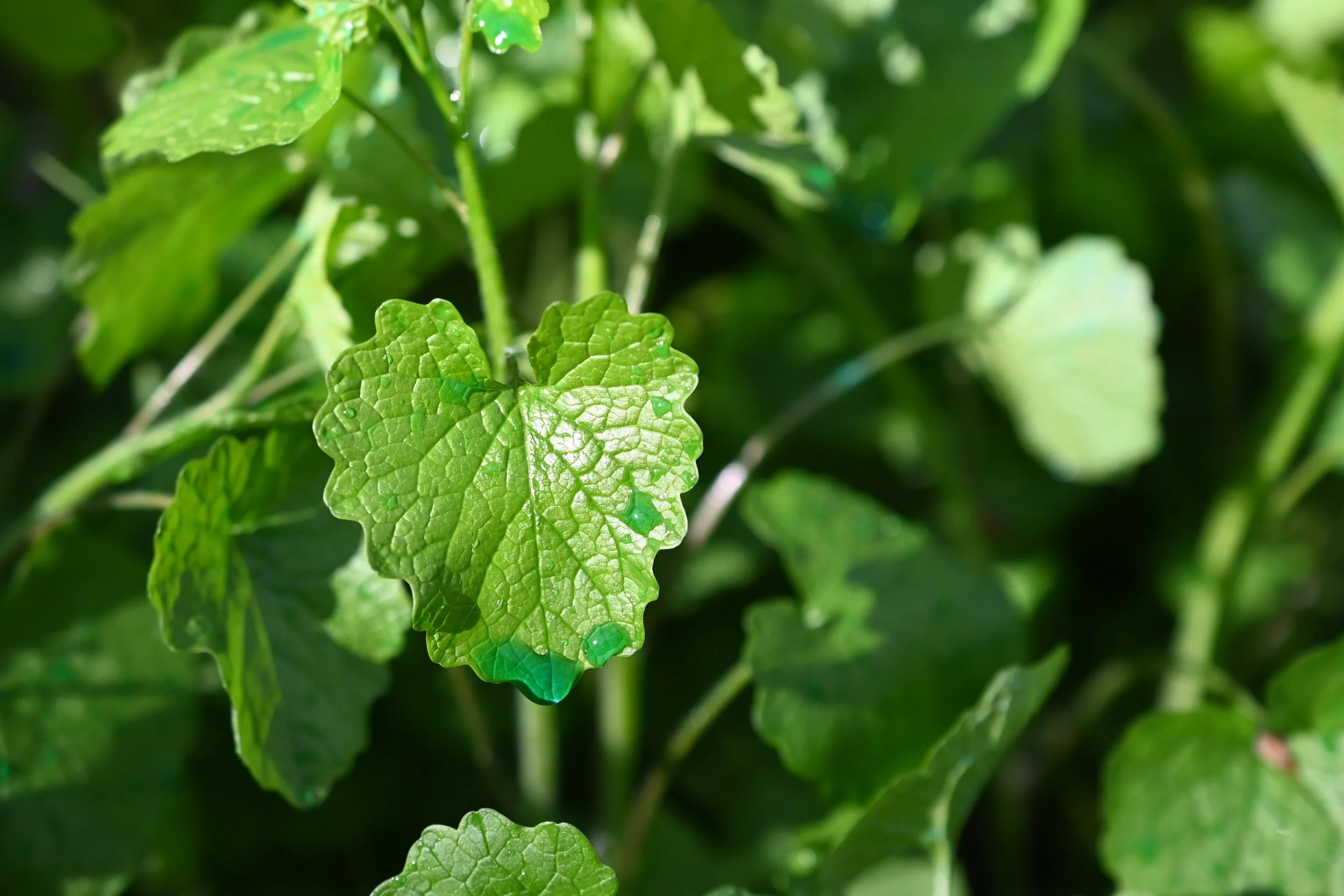
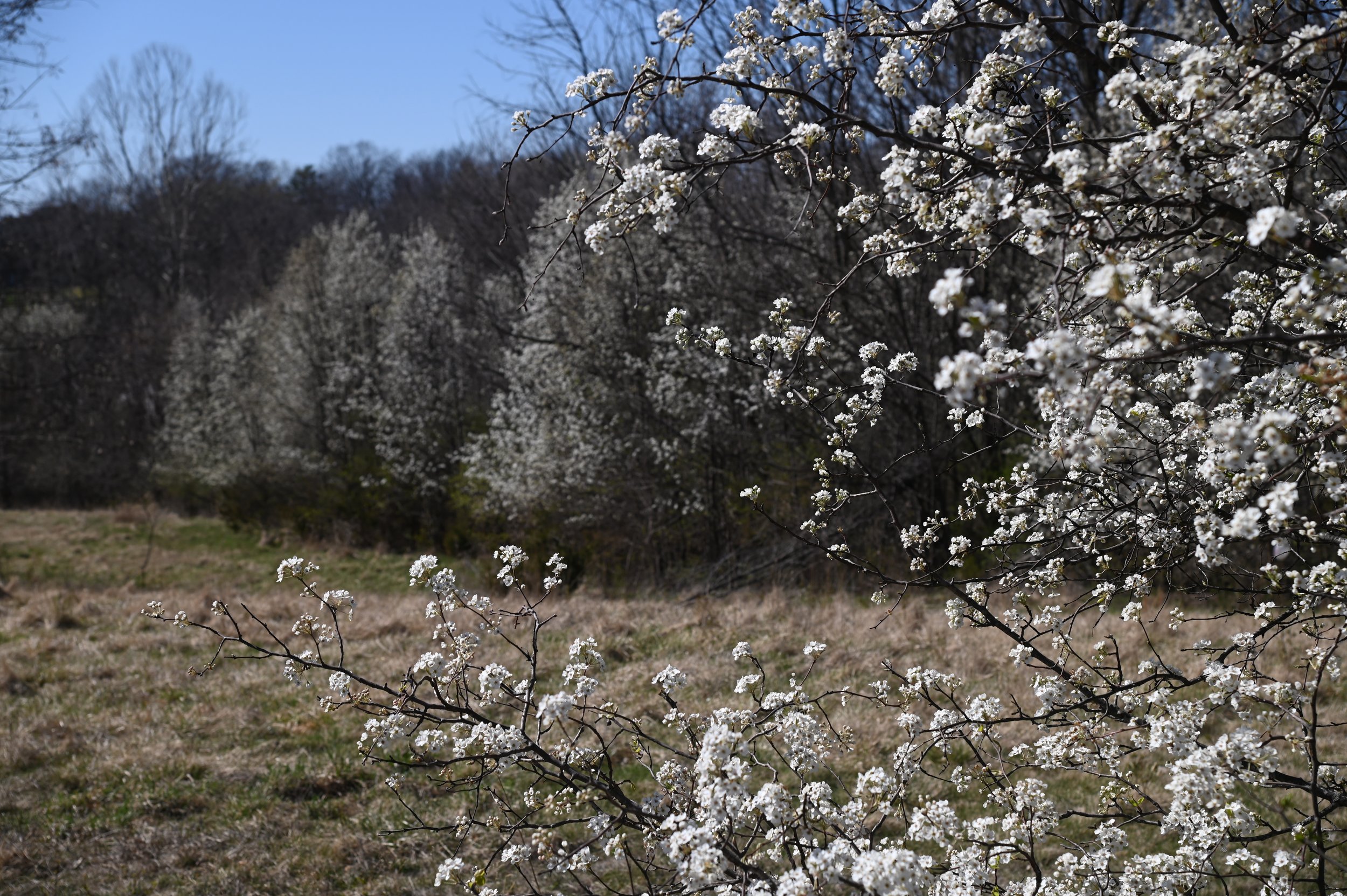
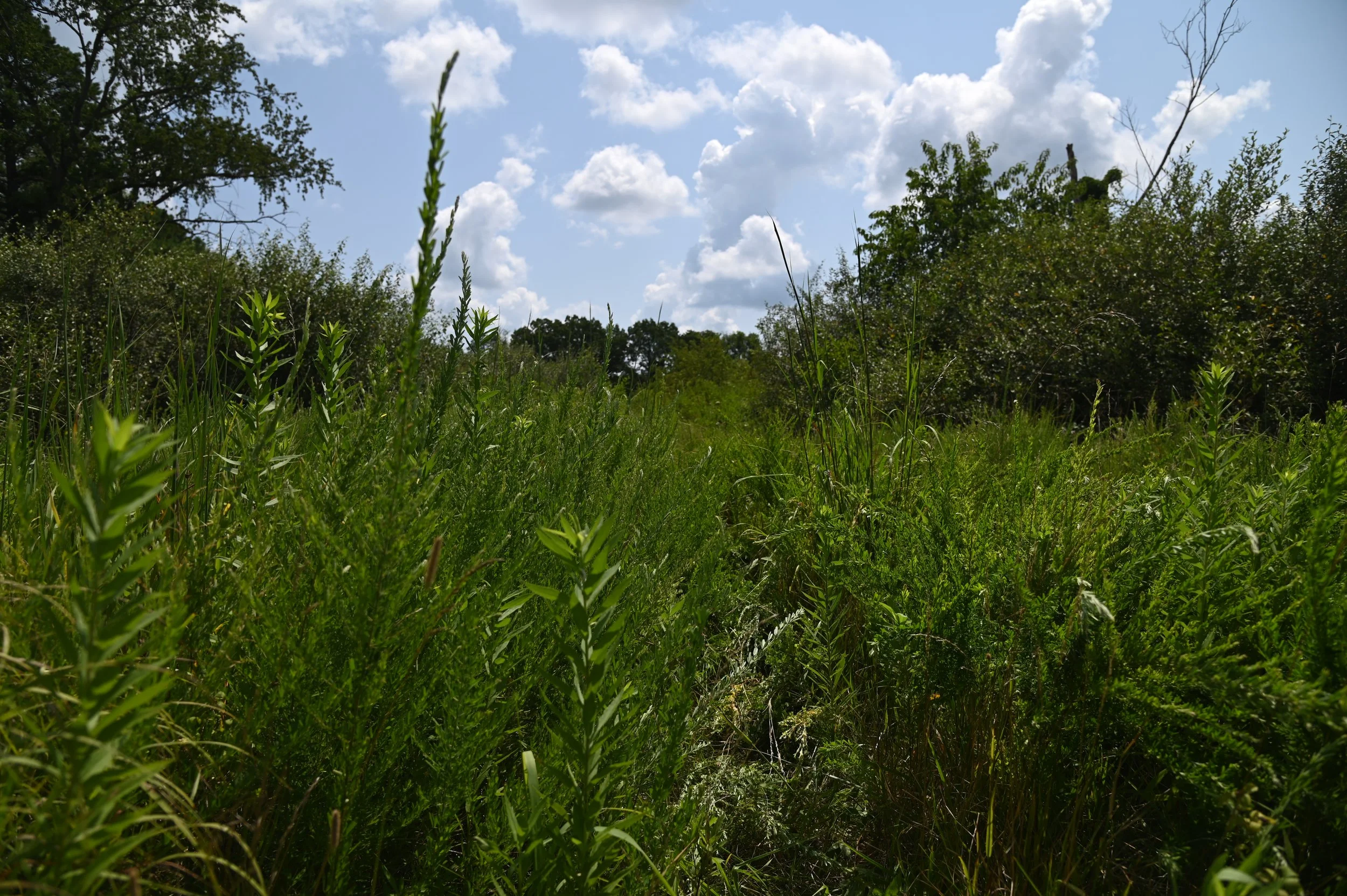
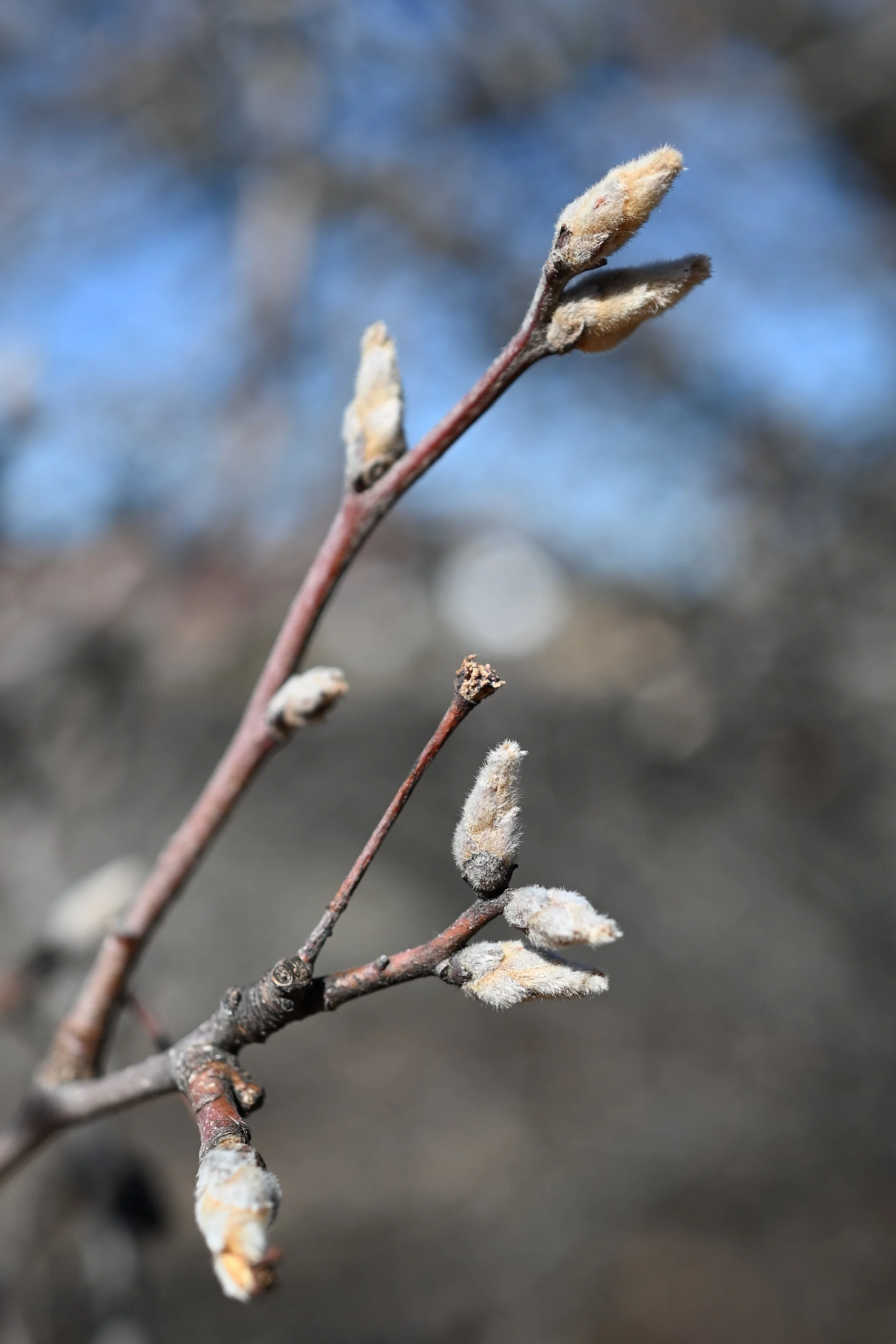
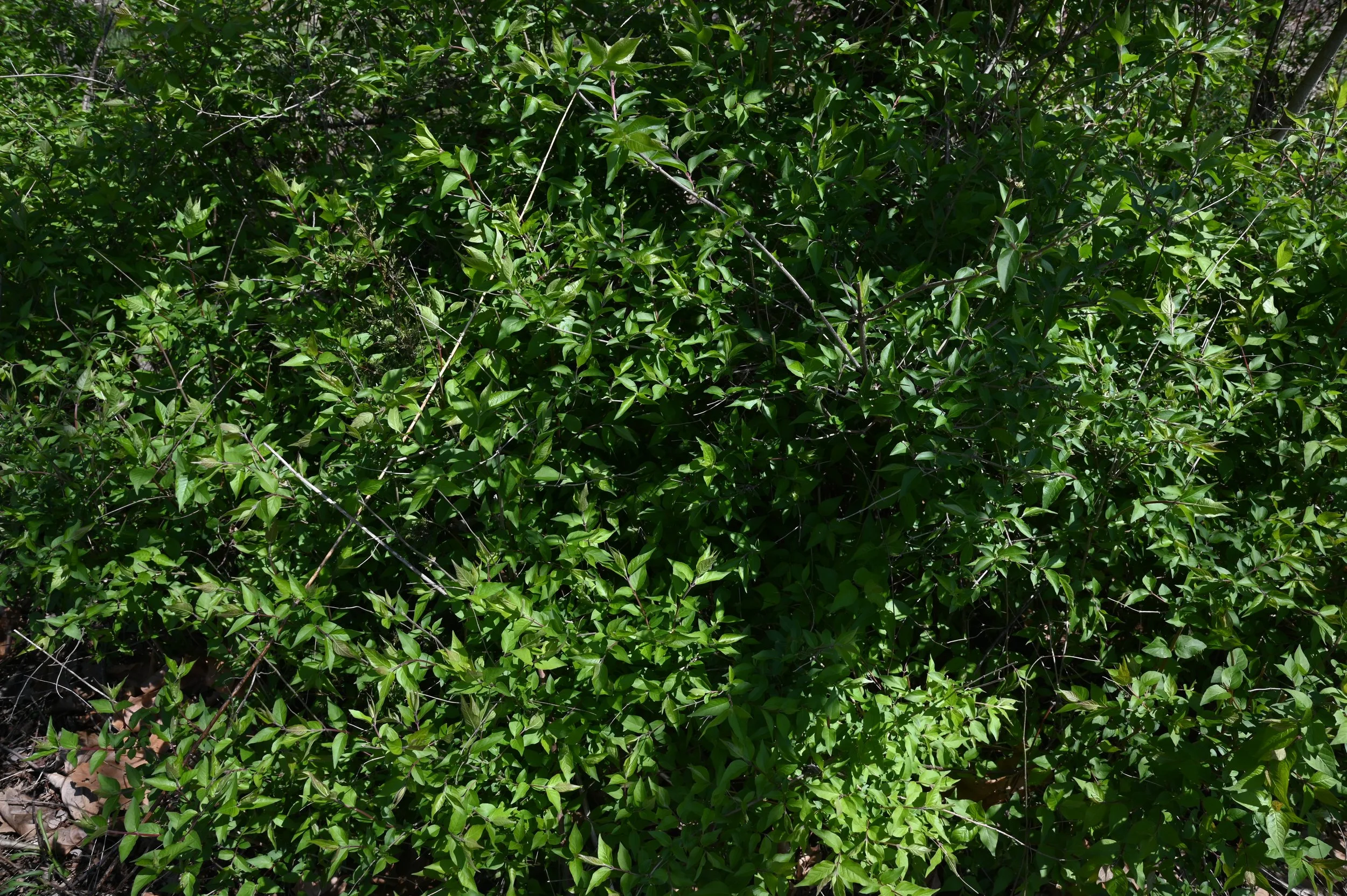
UNDOING THE TANGLE
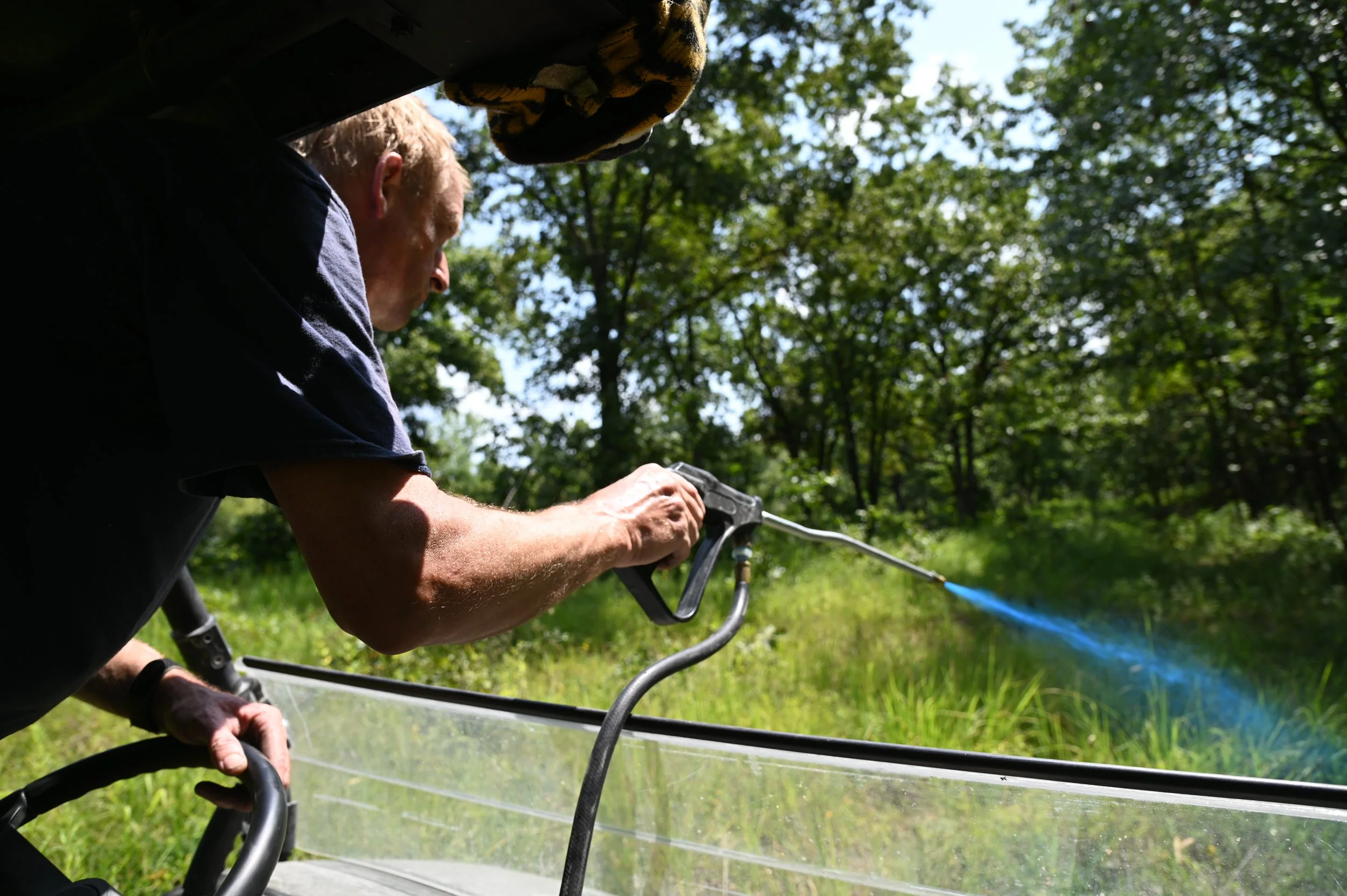
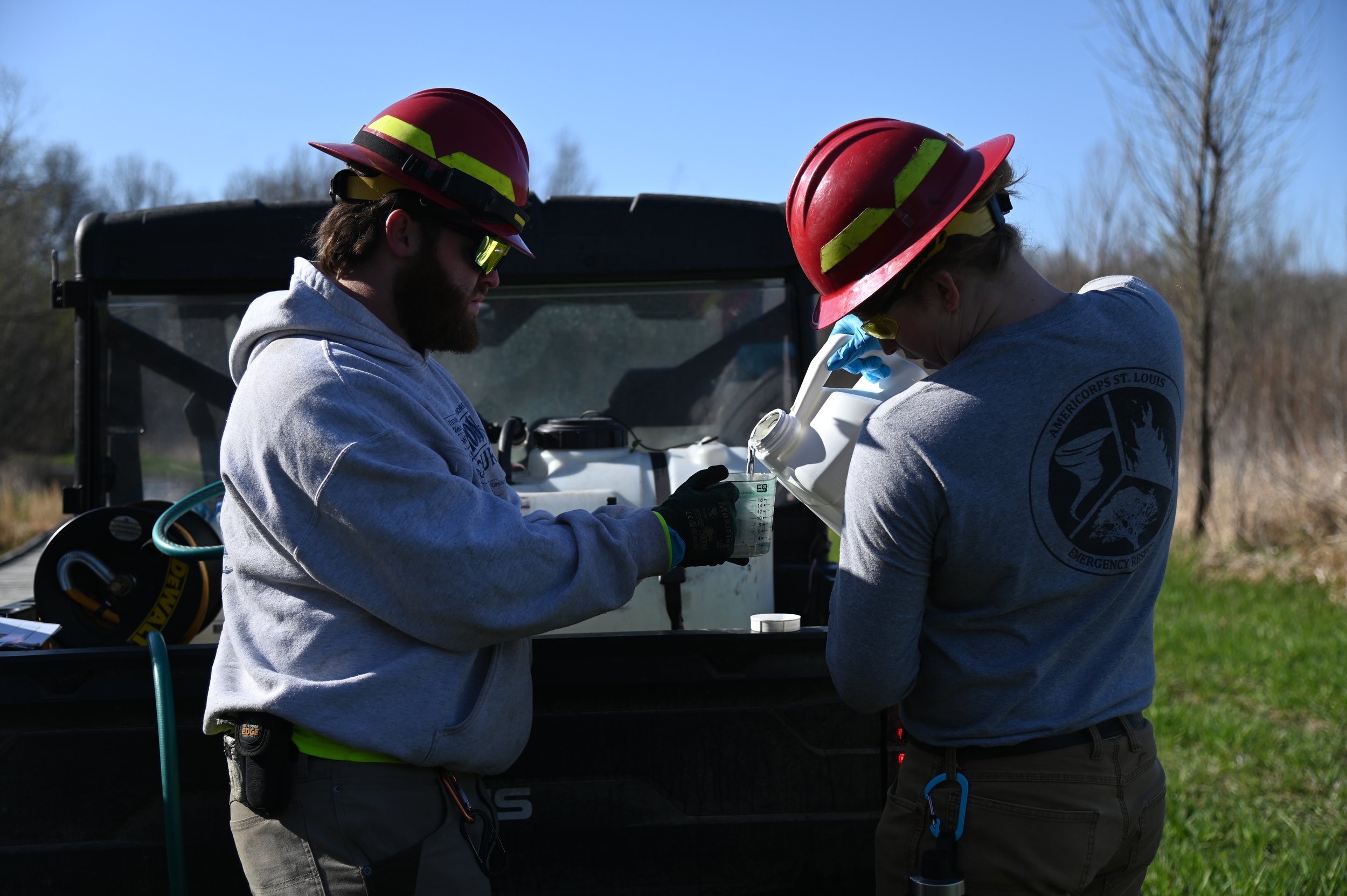
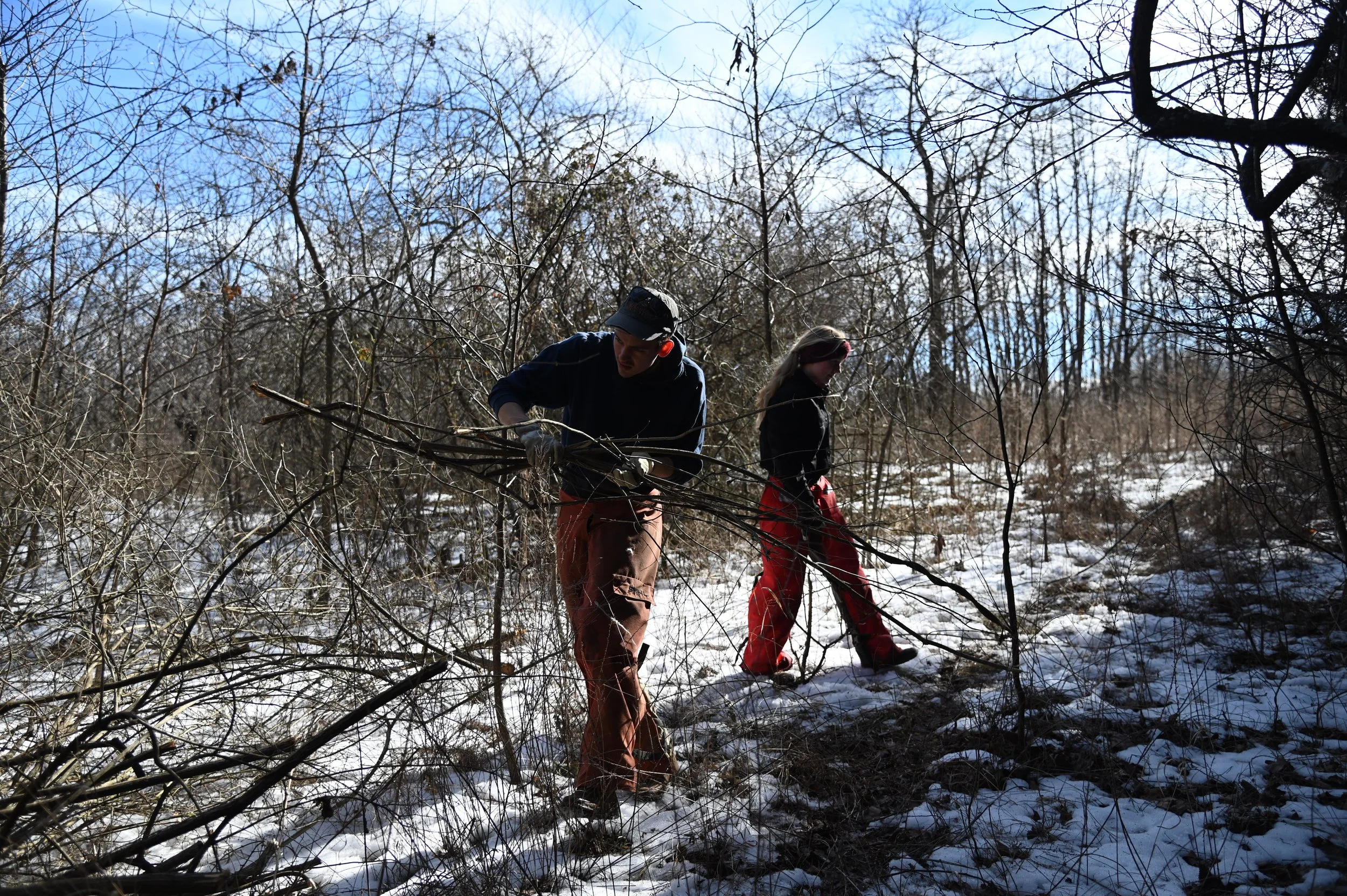
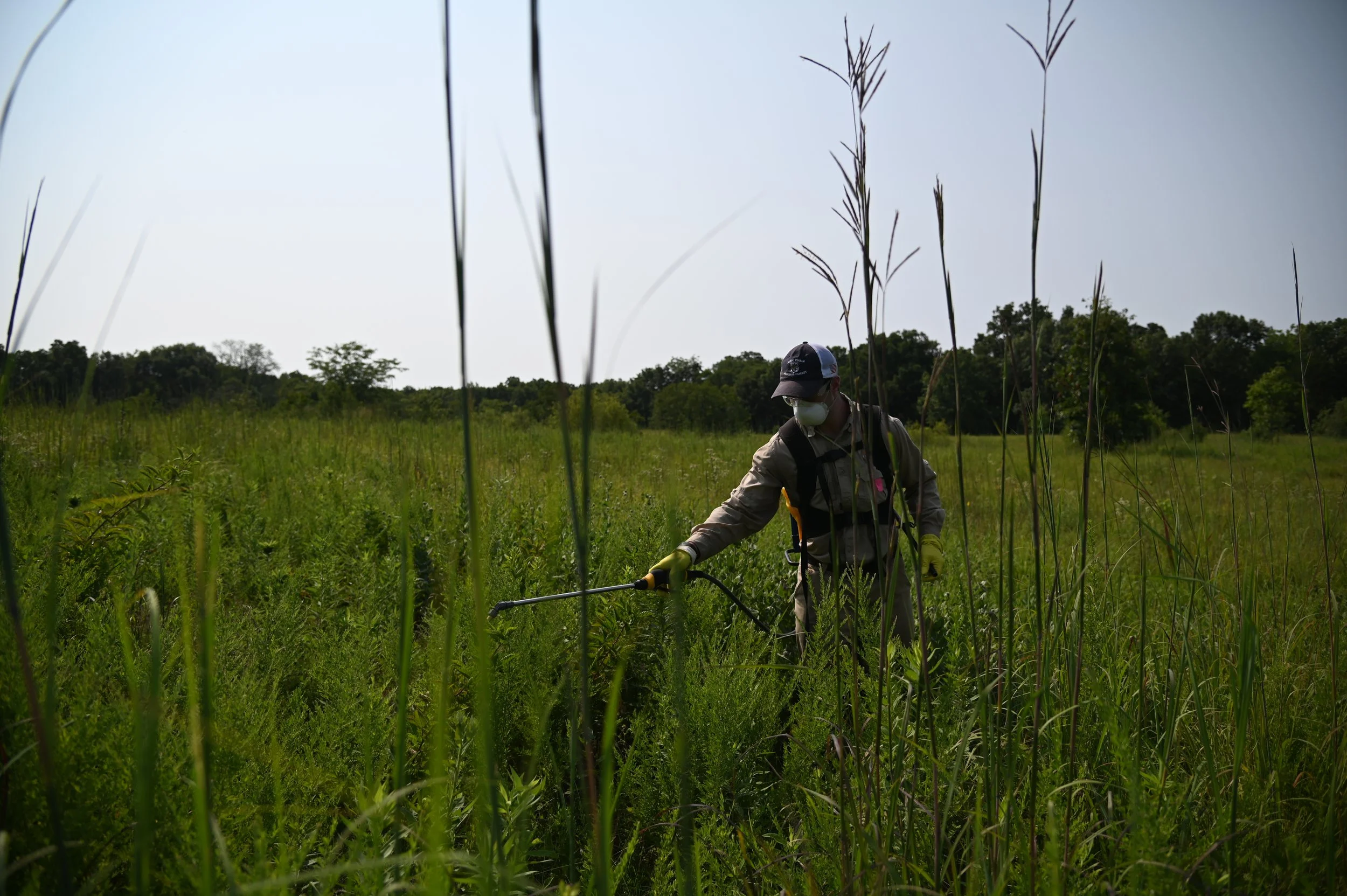
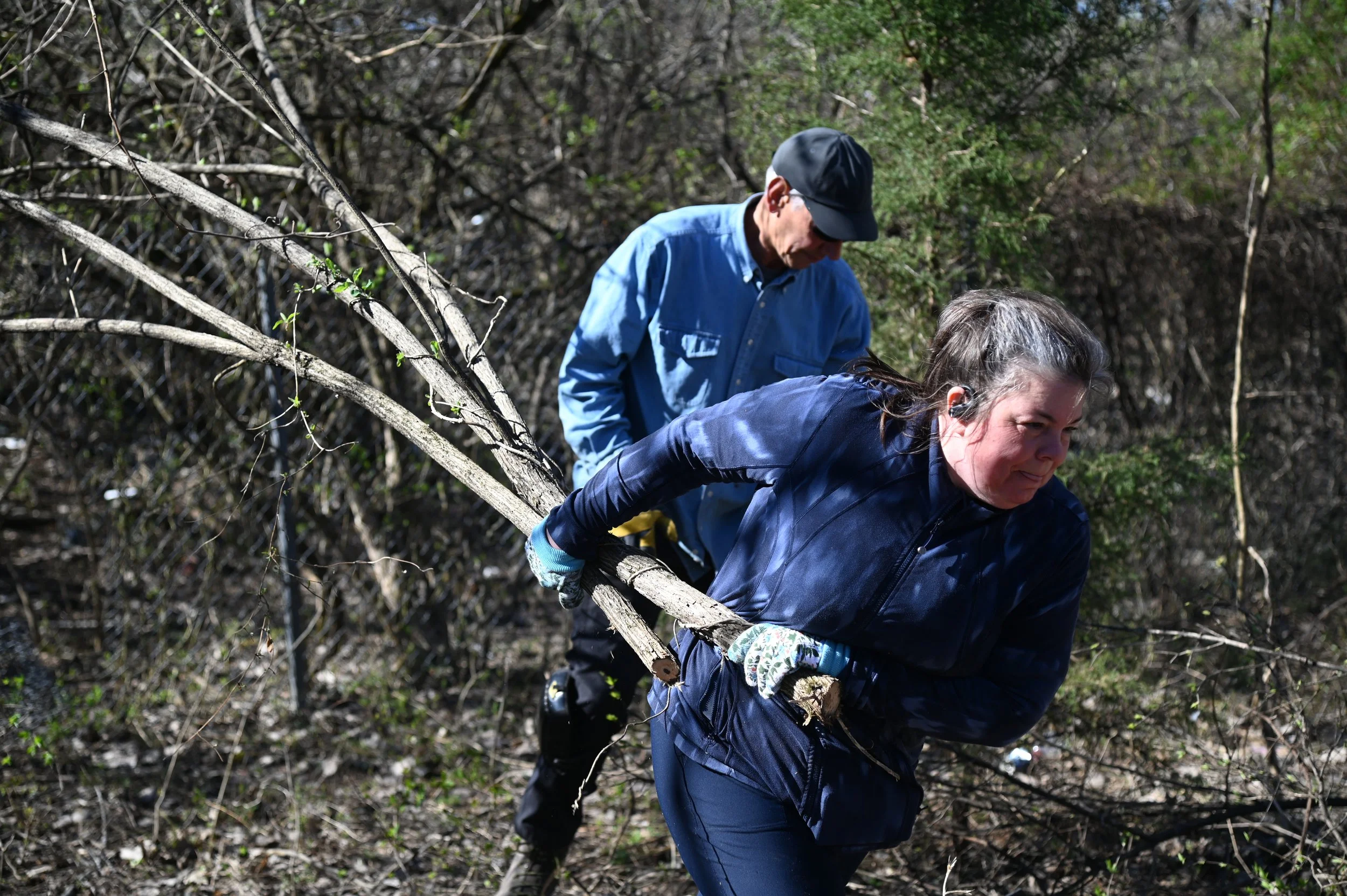
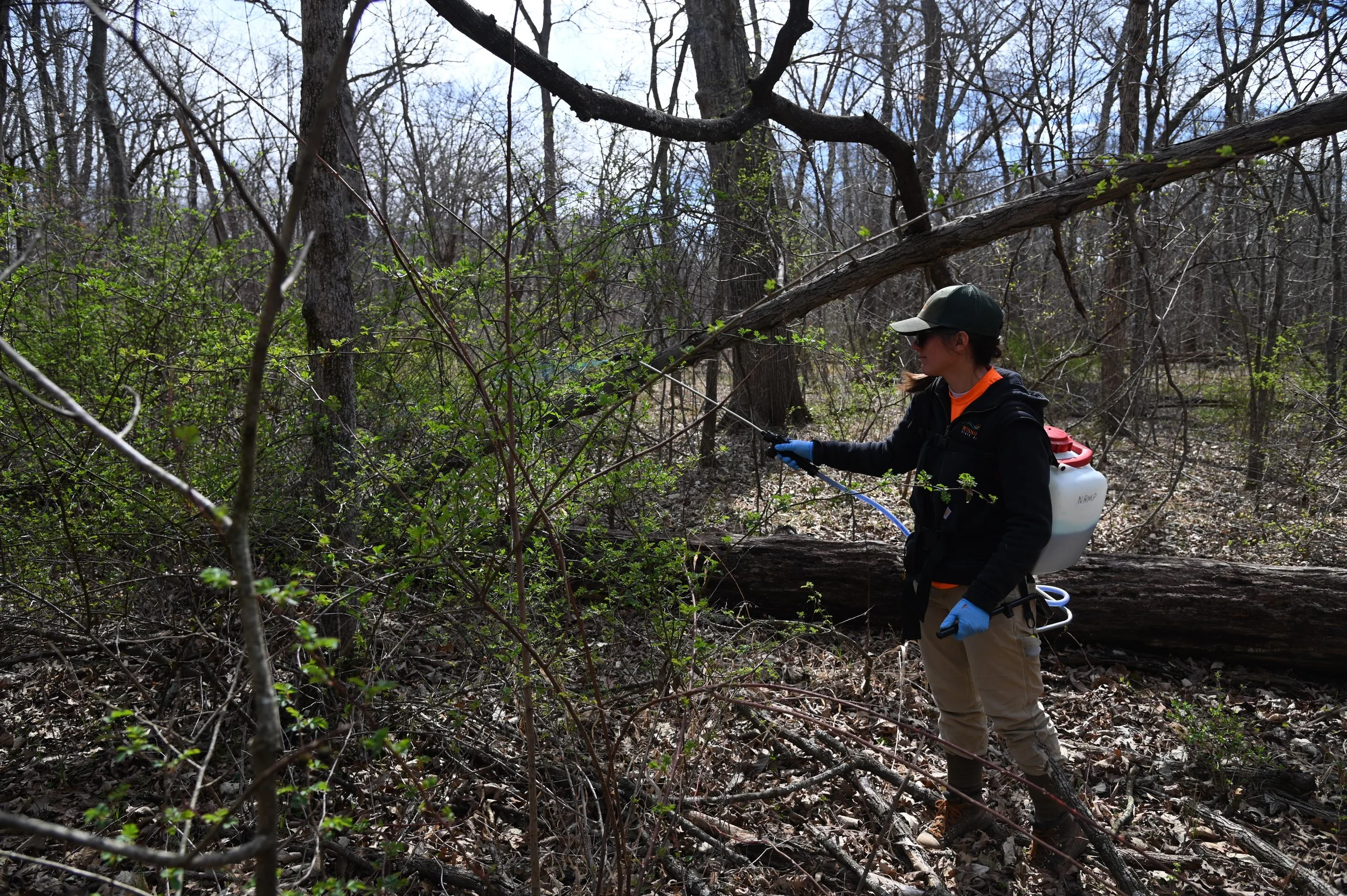
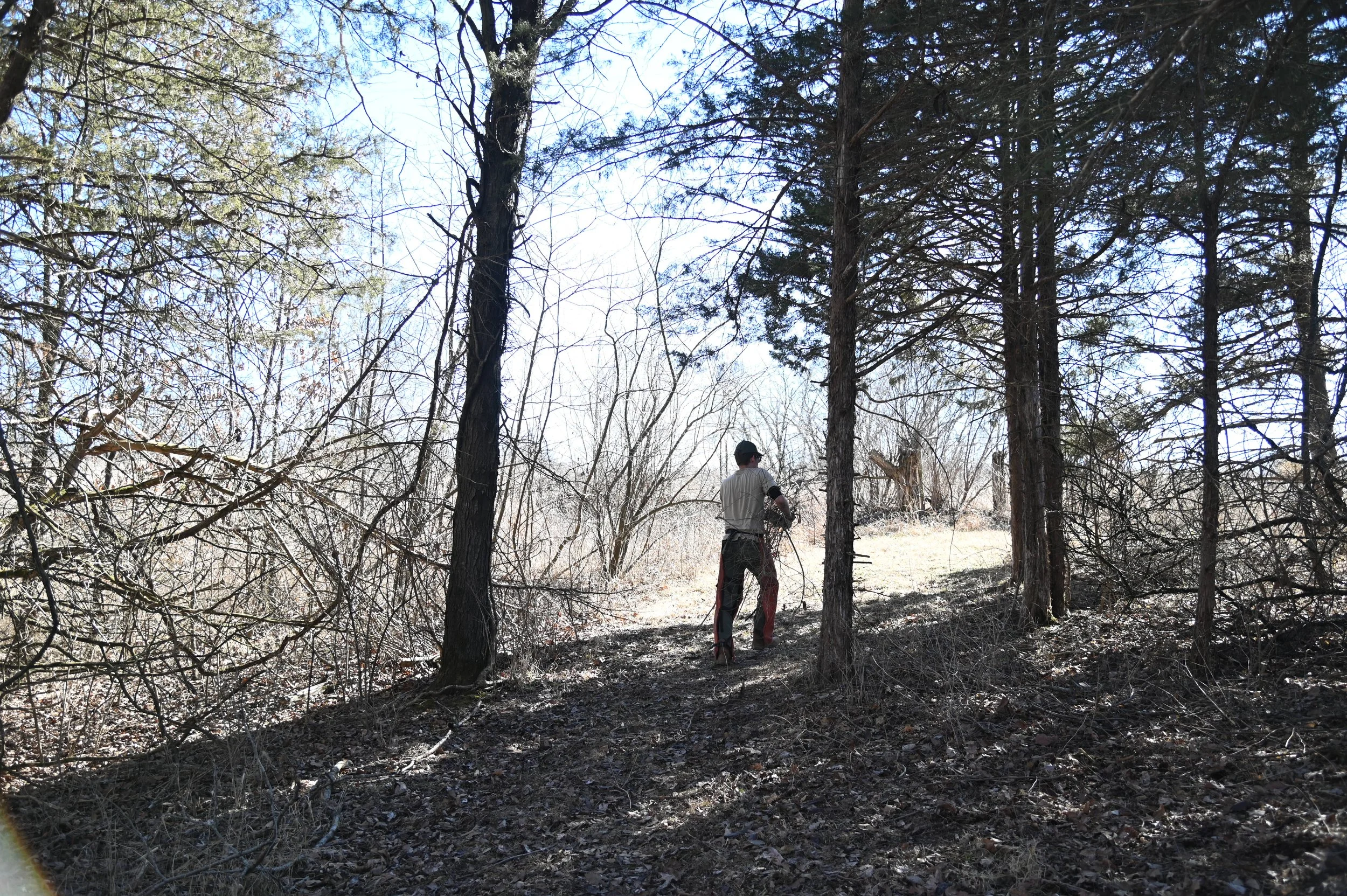
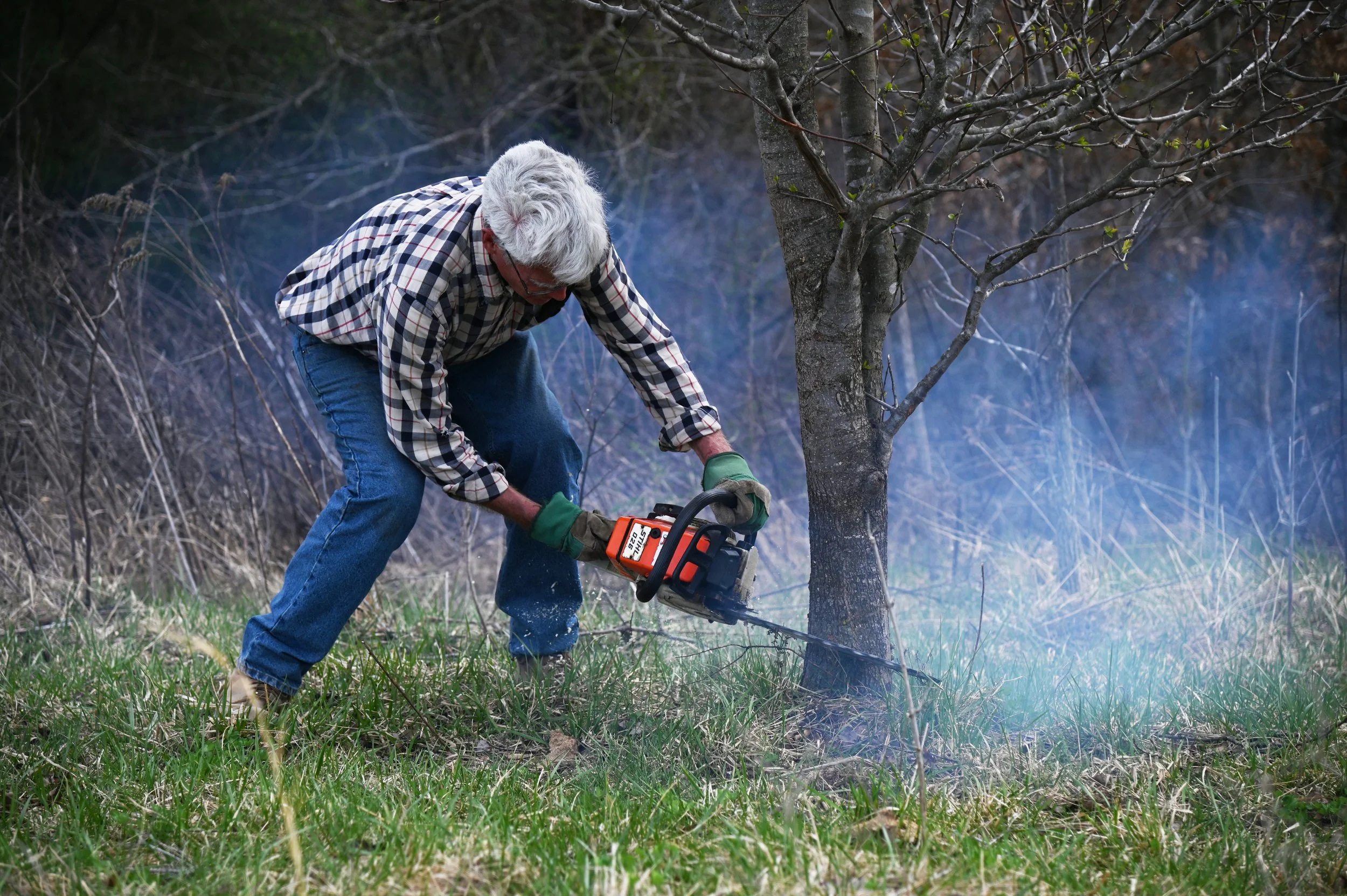
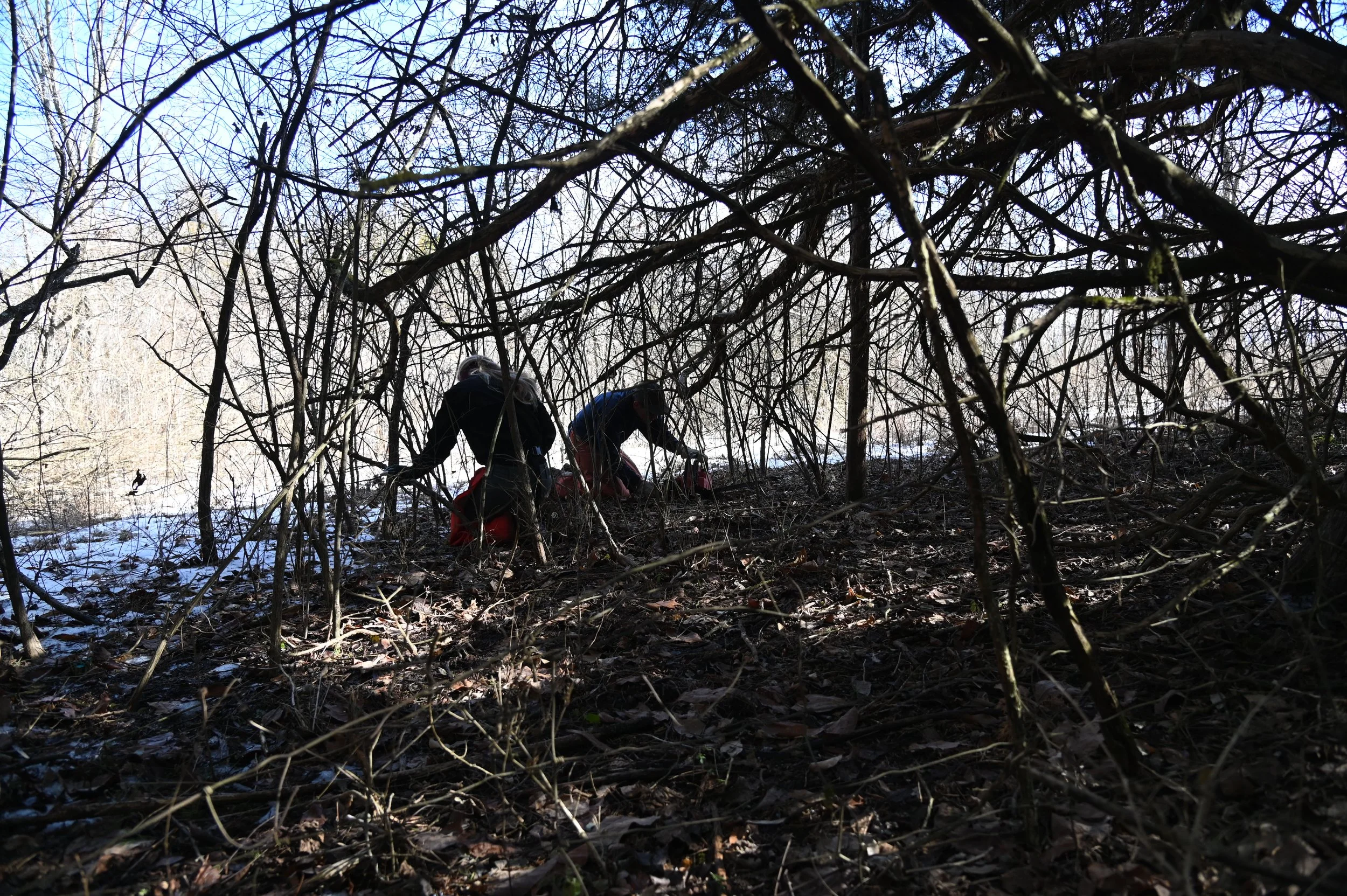
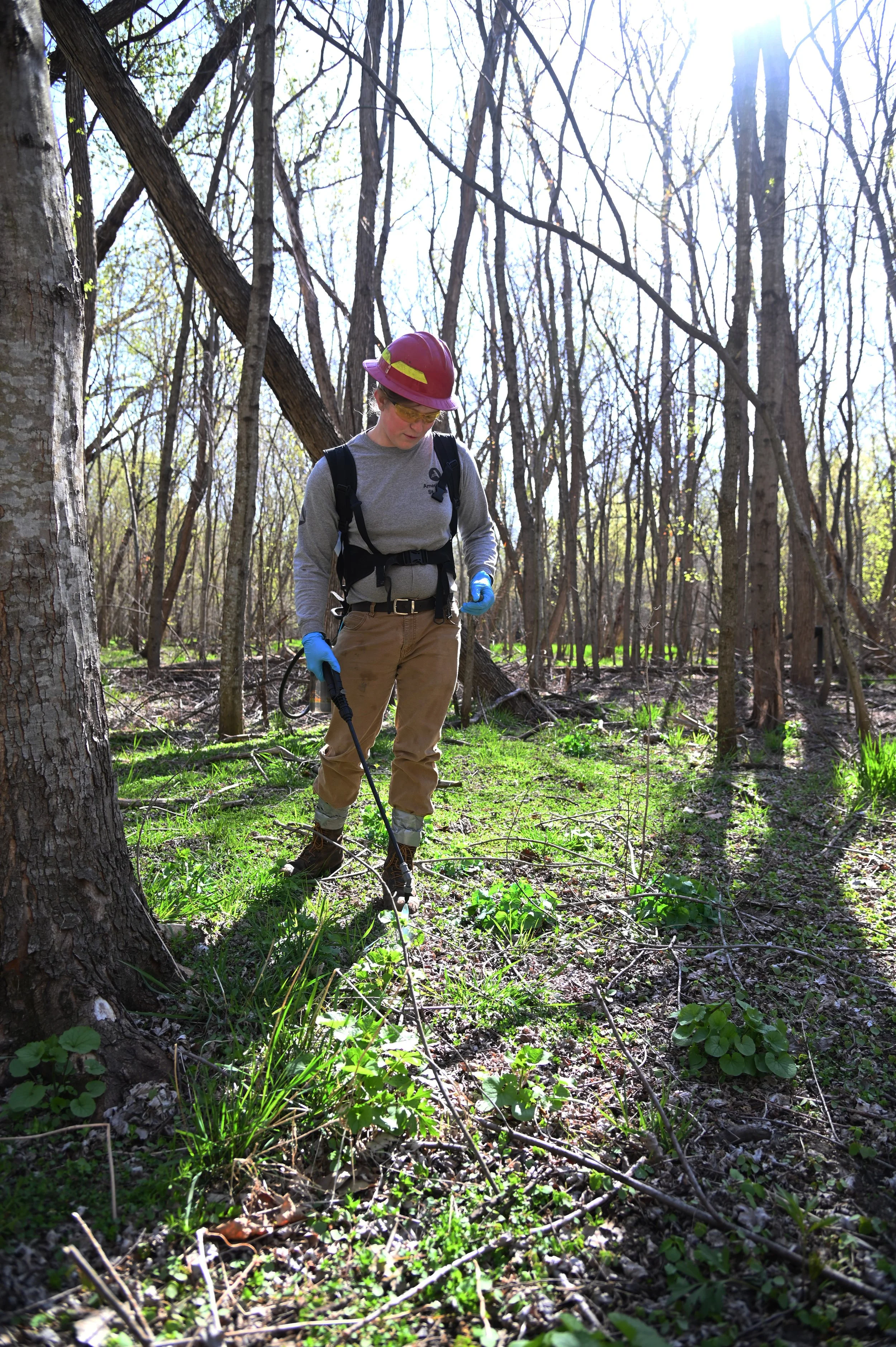
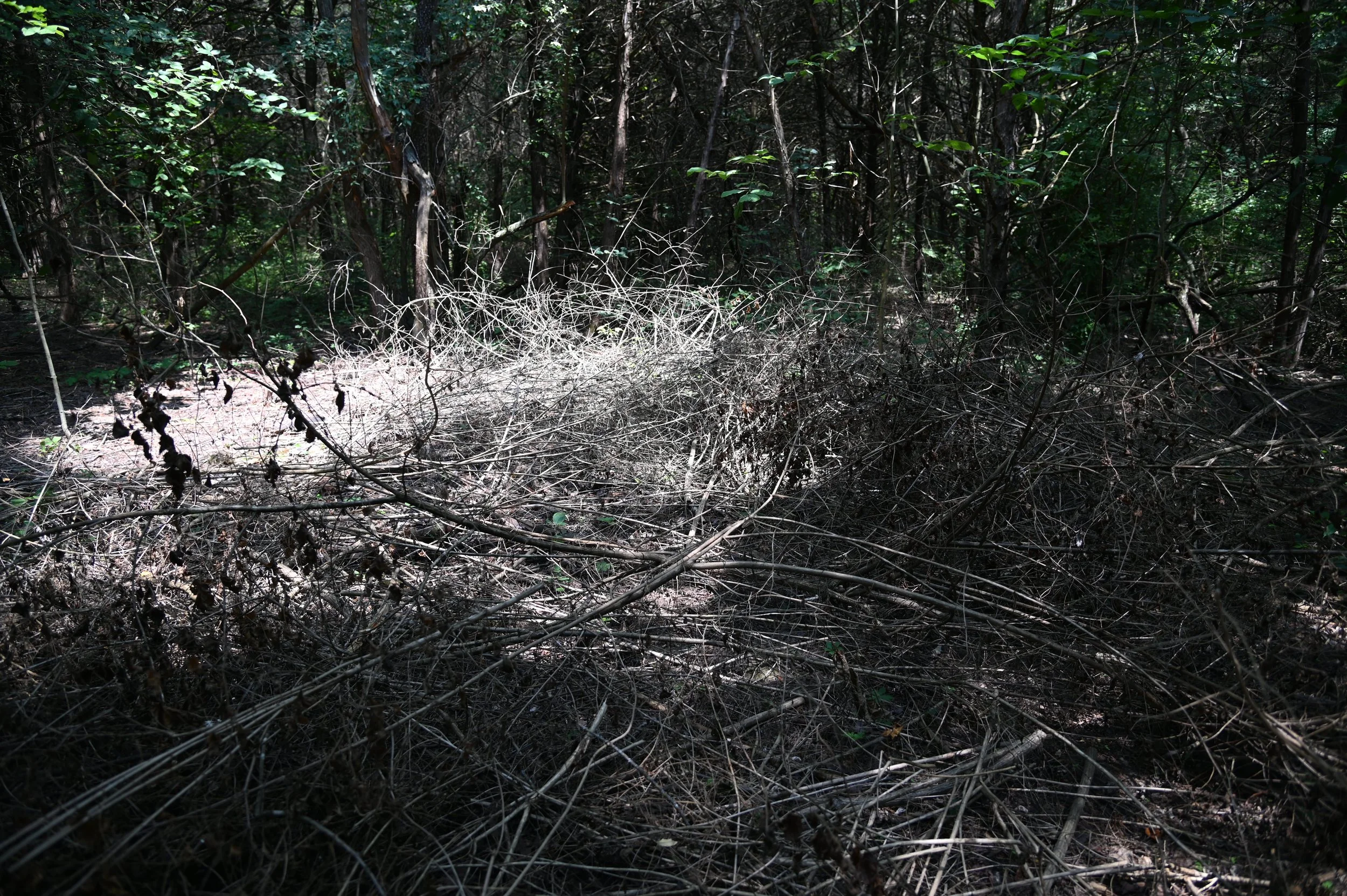
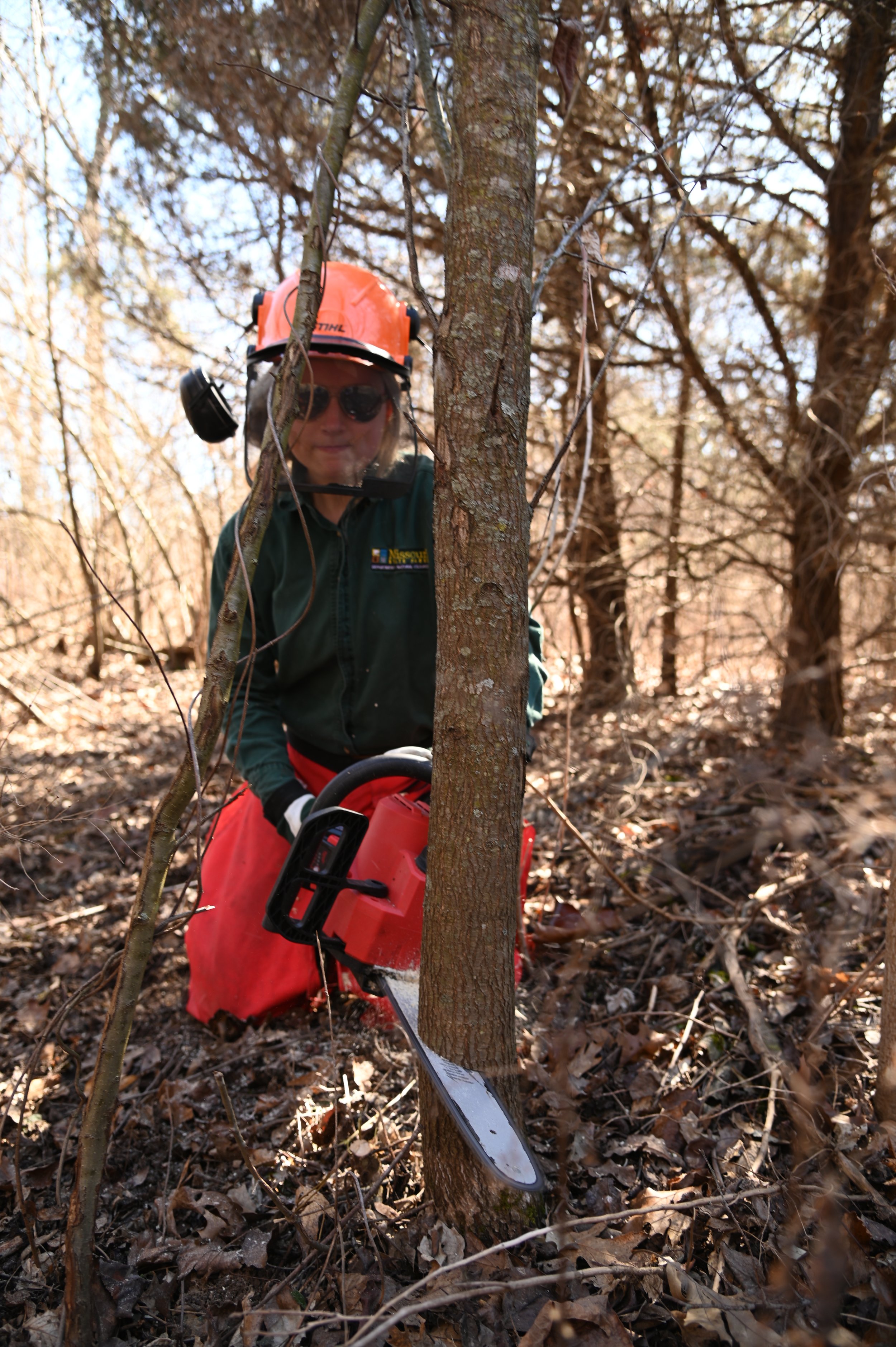




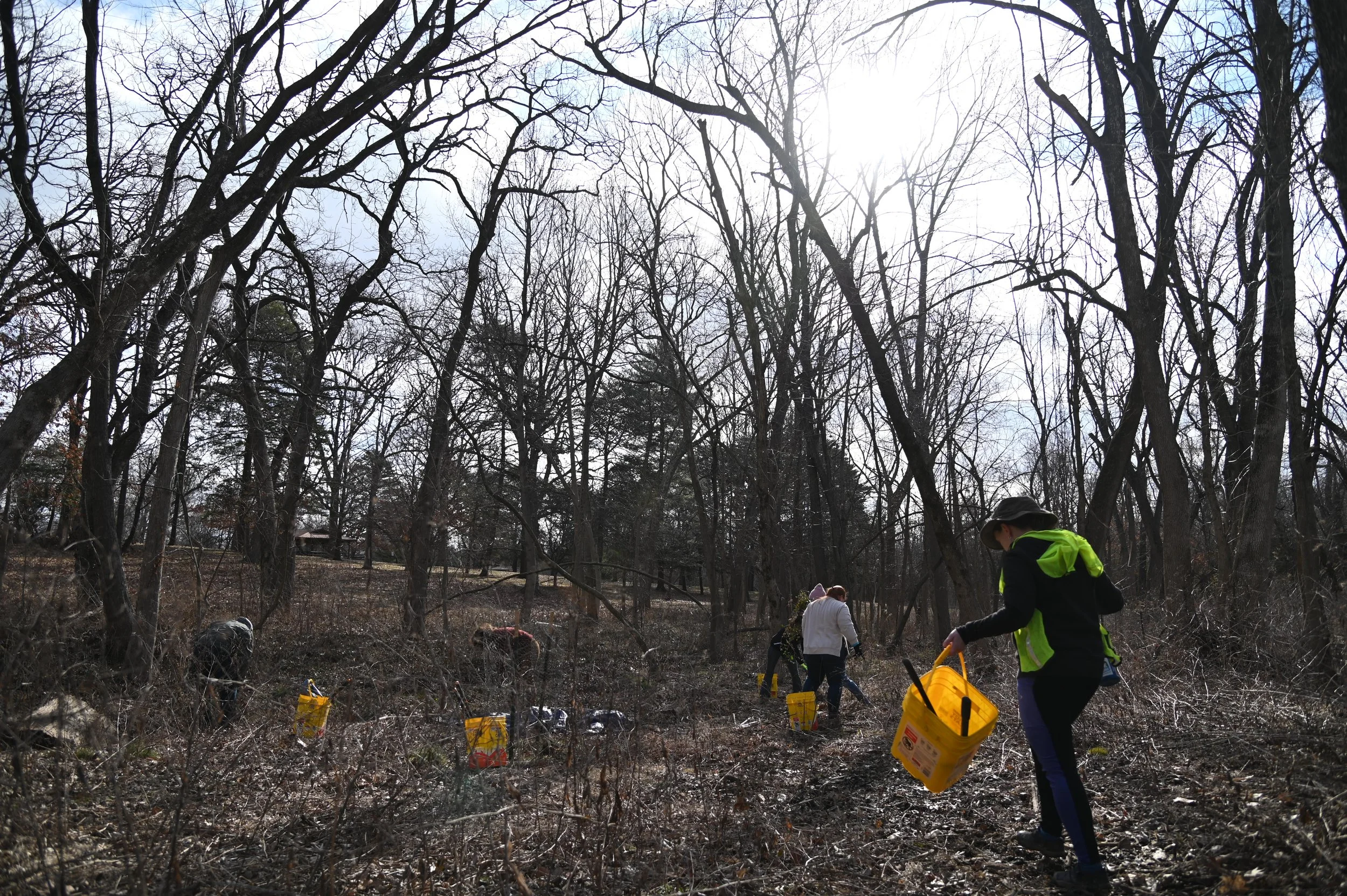
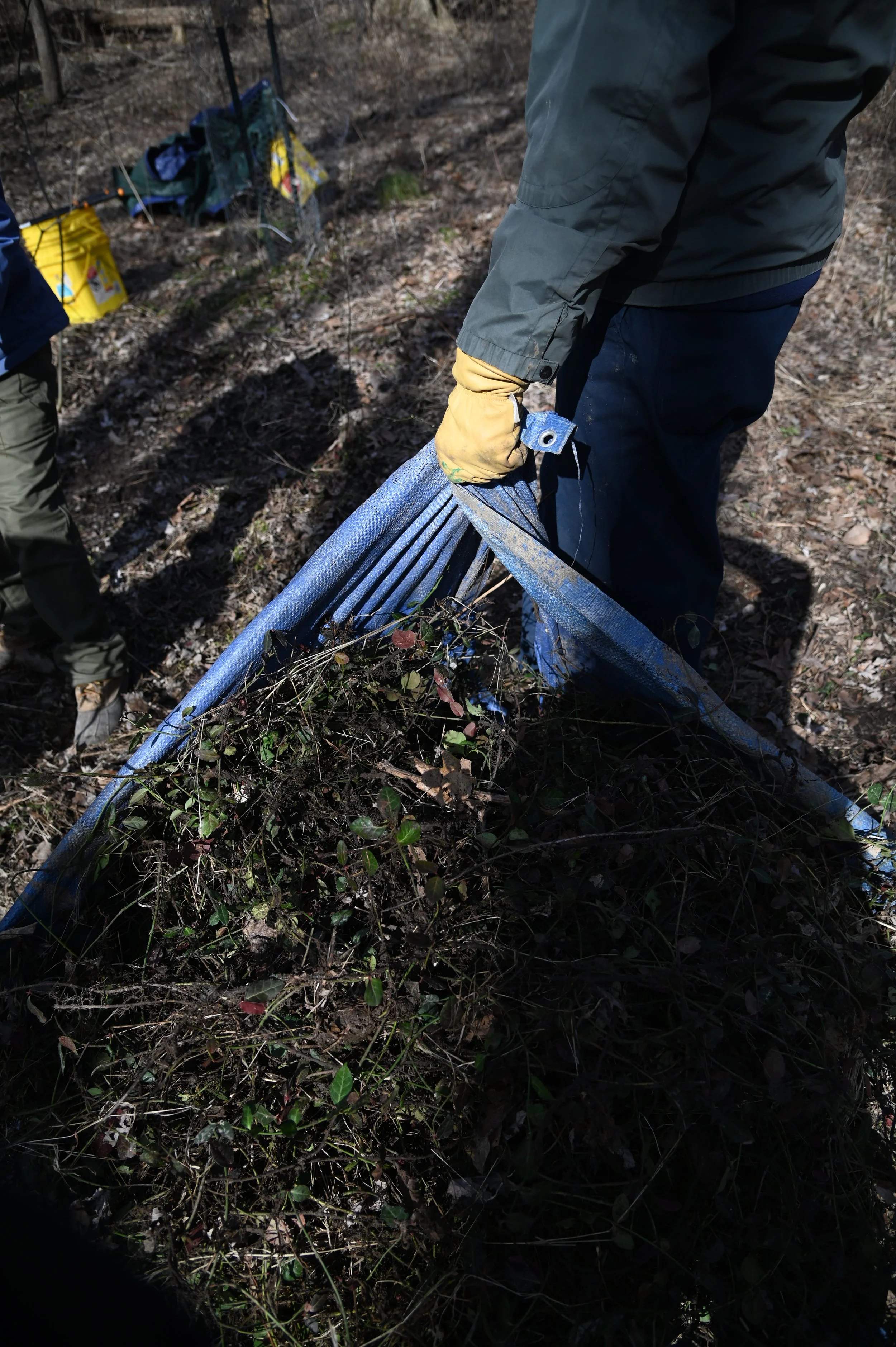
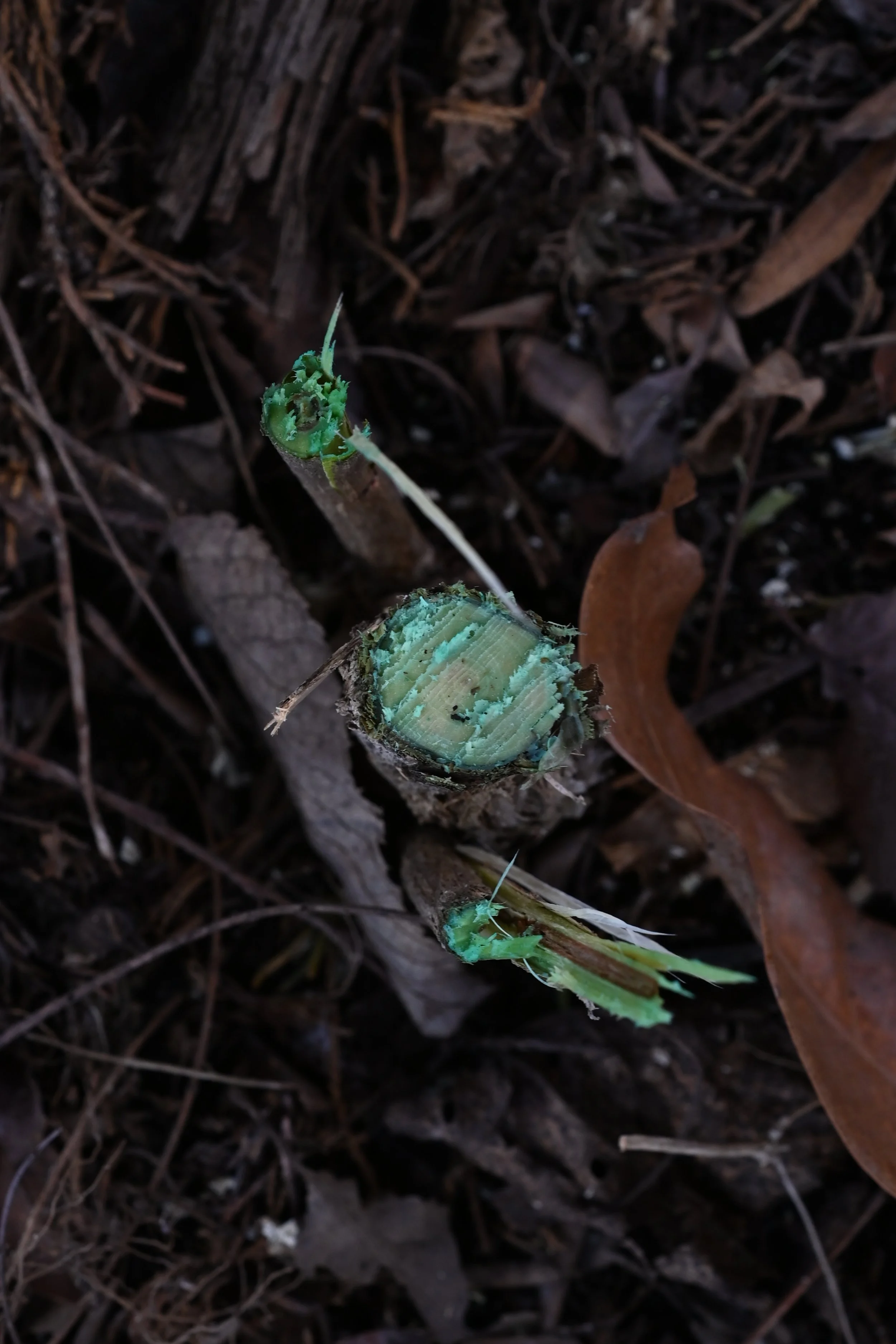





HANDS AT WORK
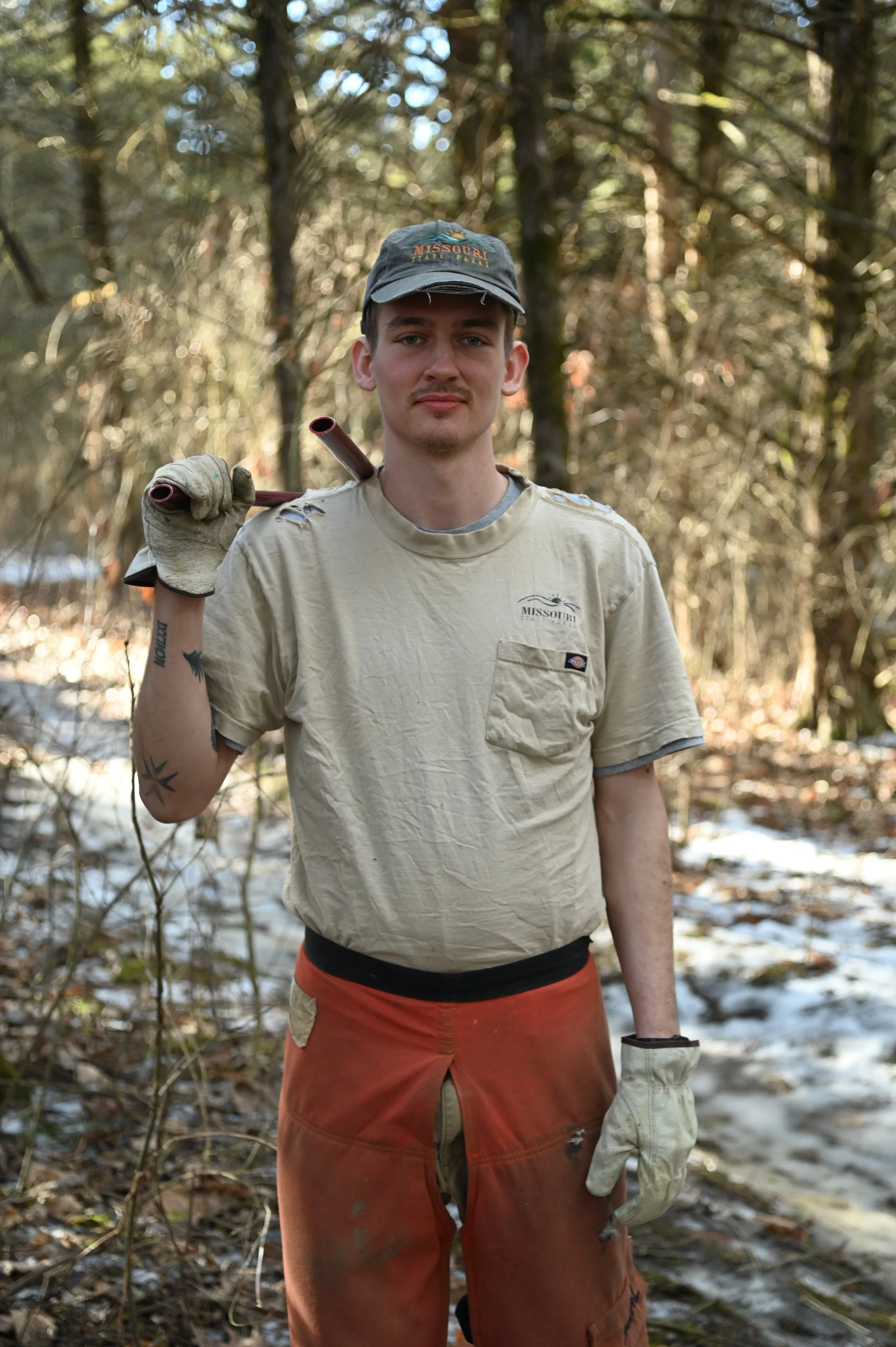

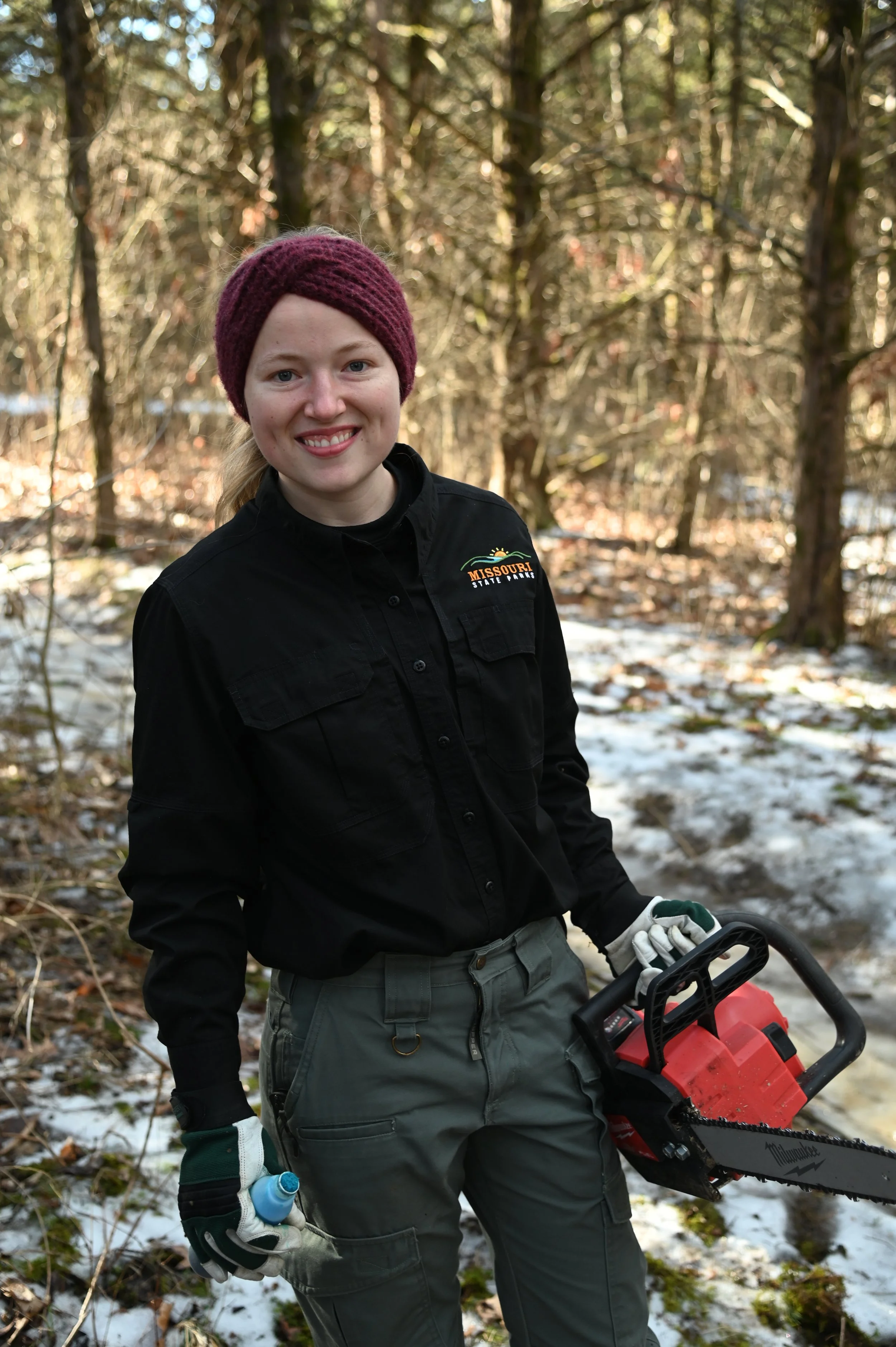

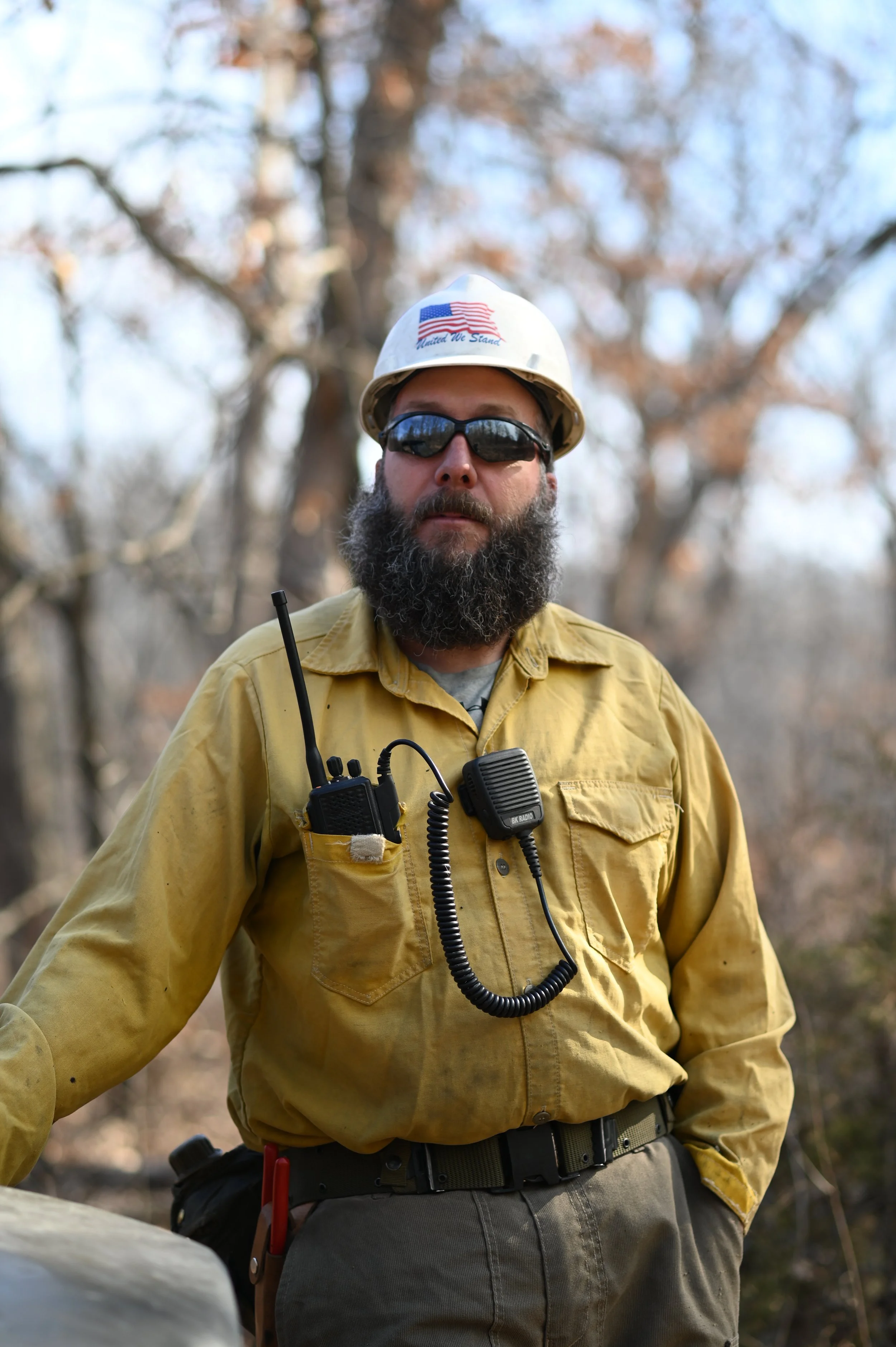
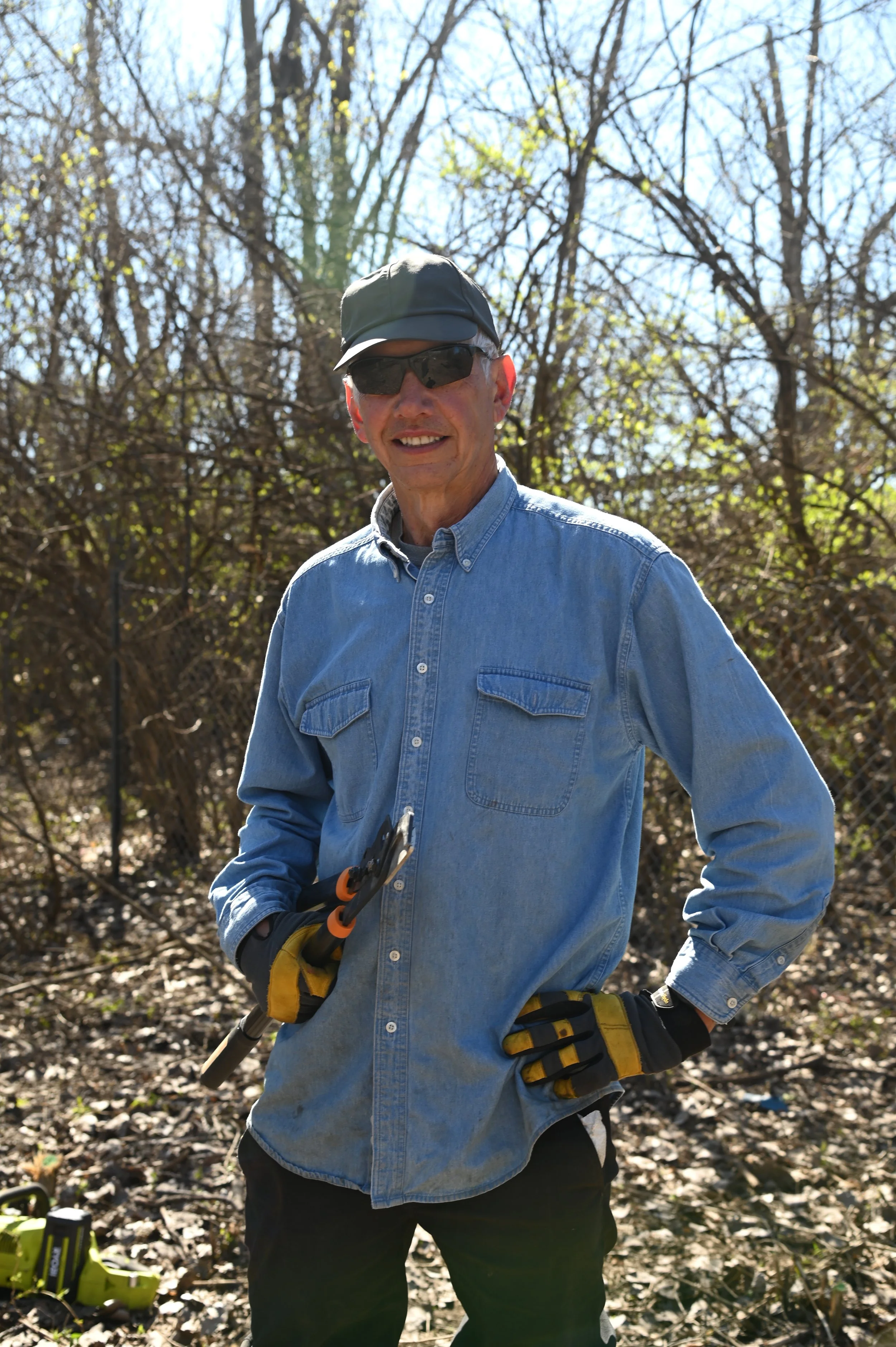
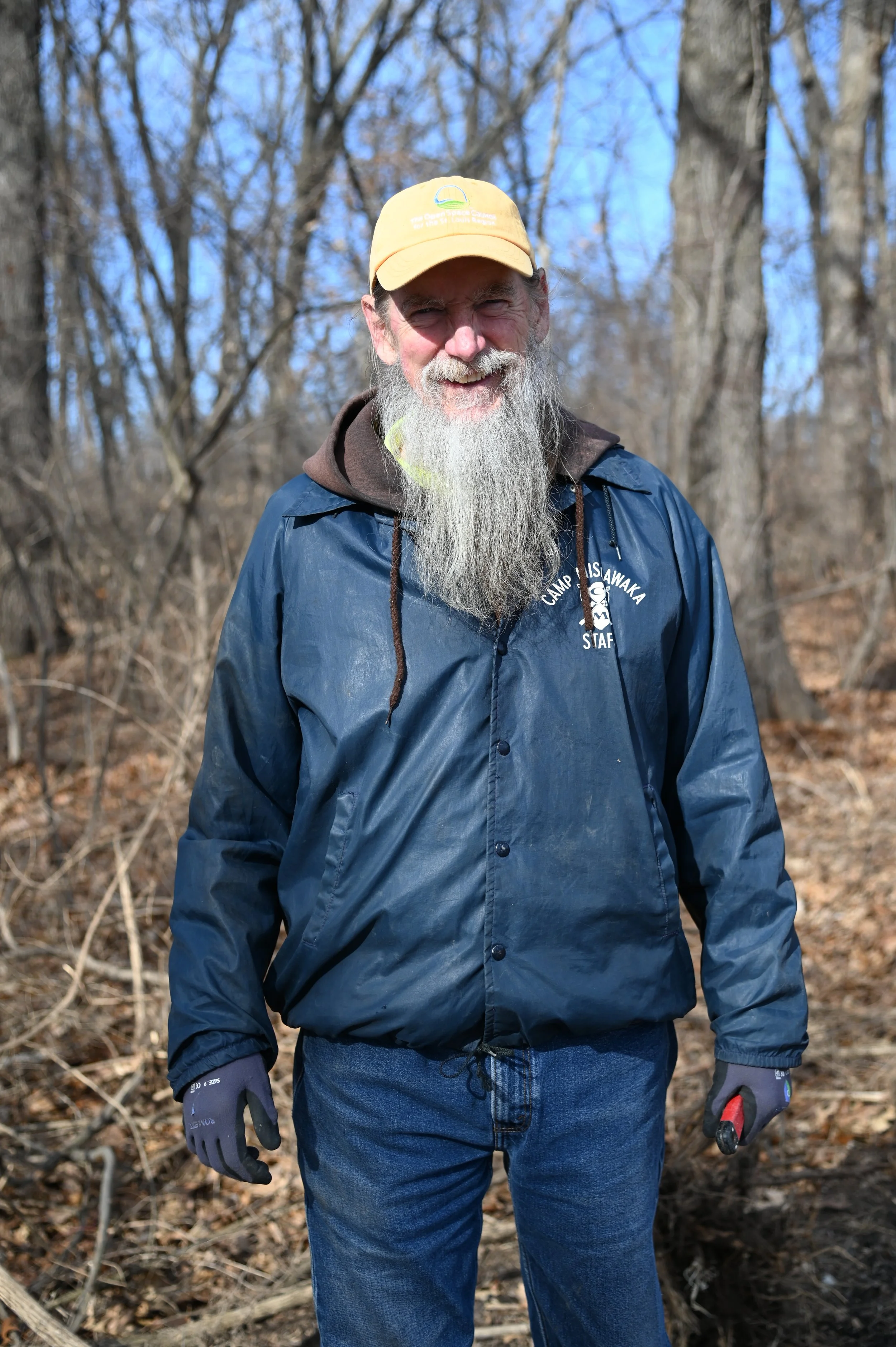
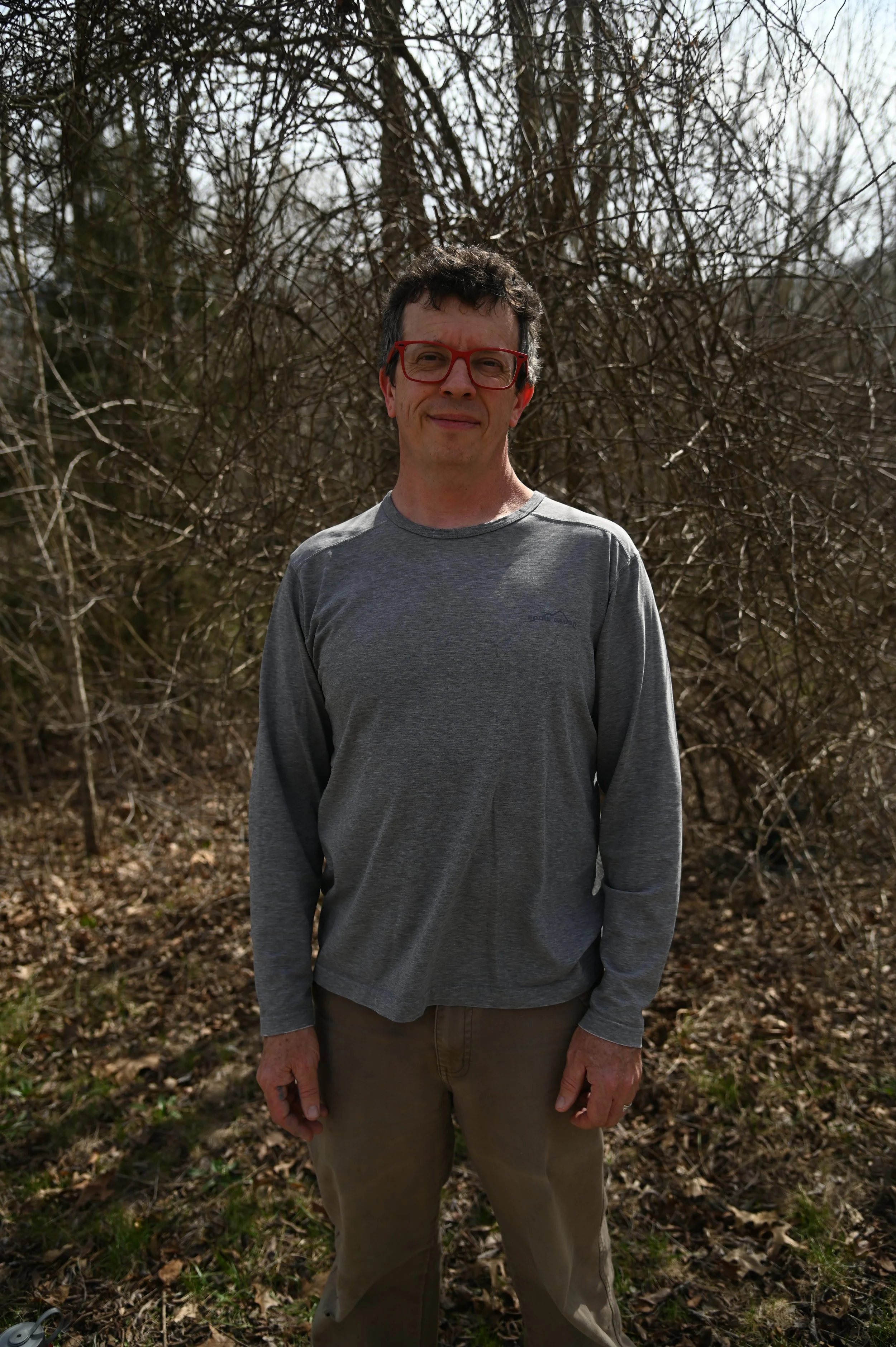
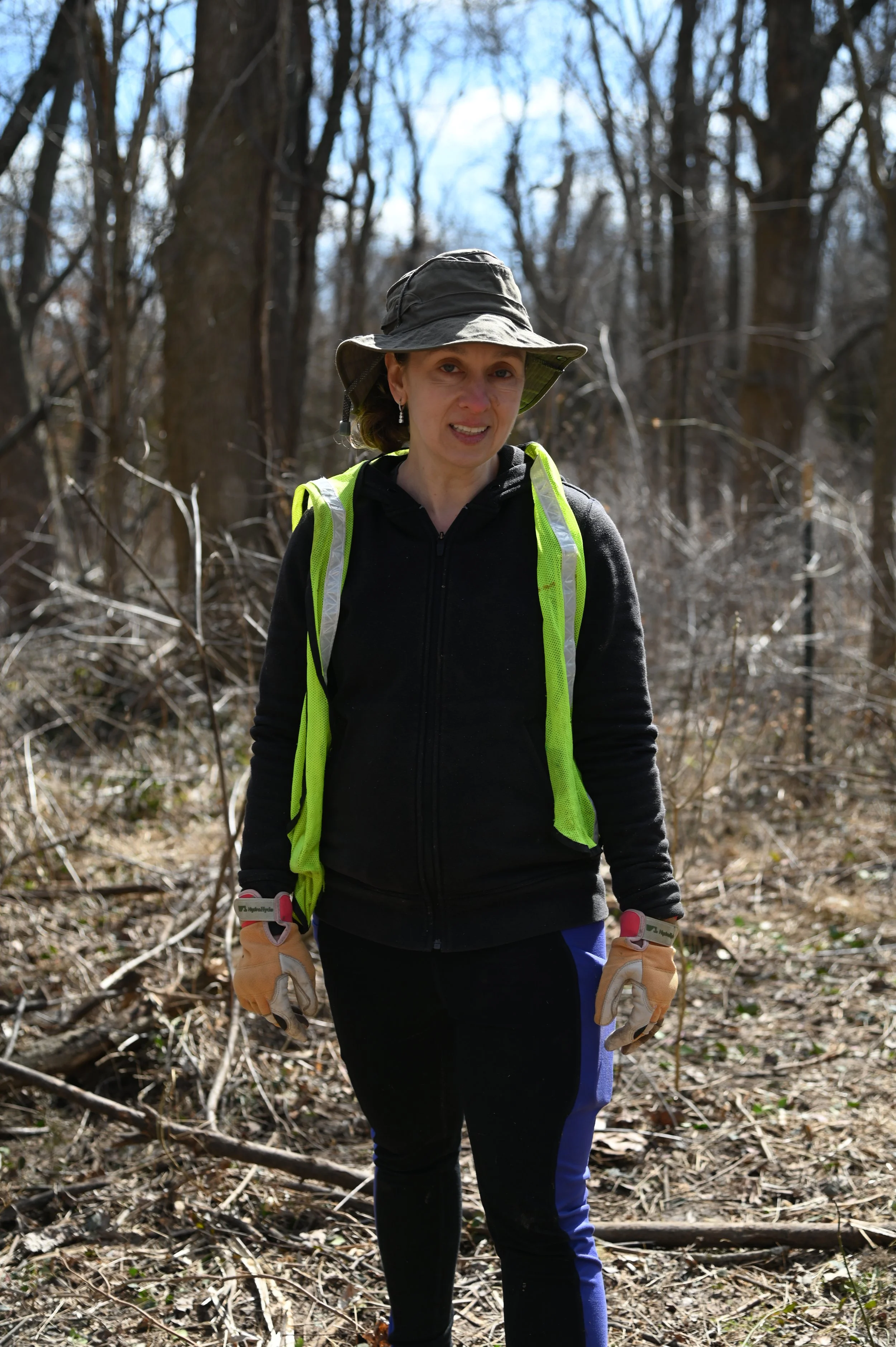



FIRE WITH PURPOSE
